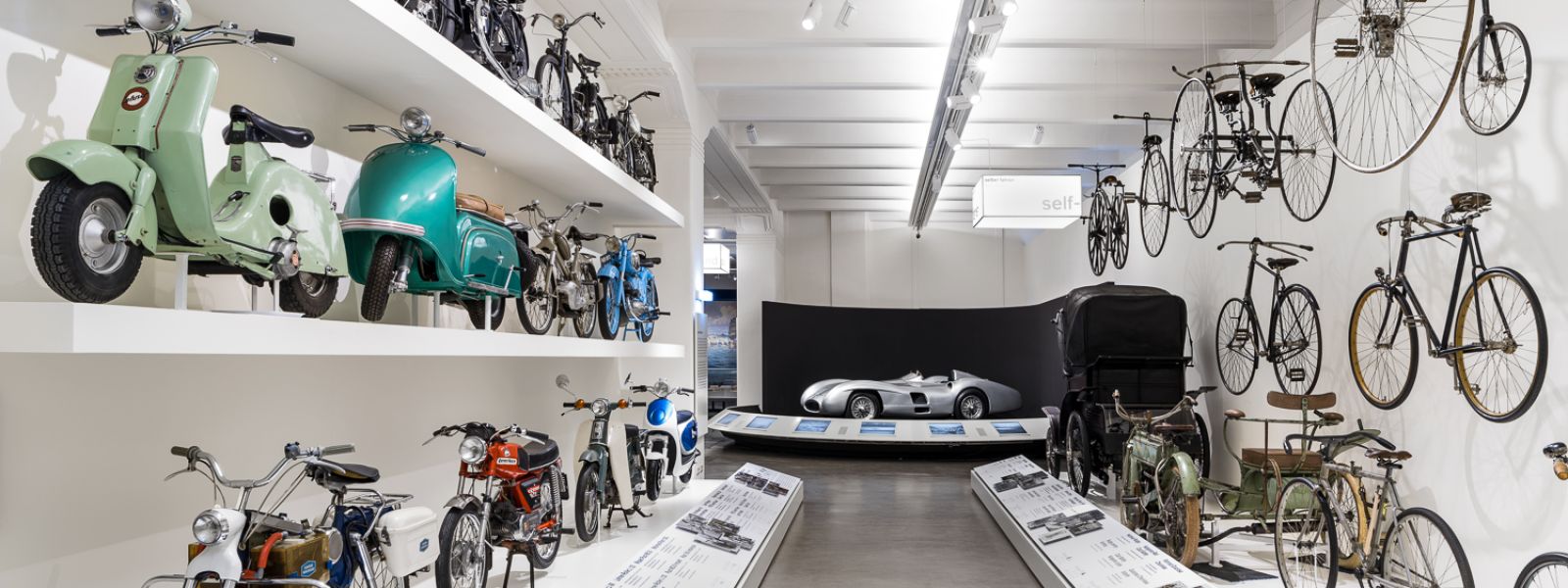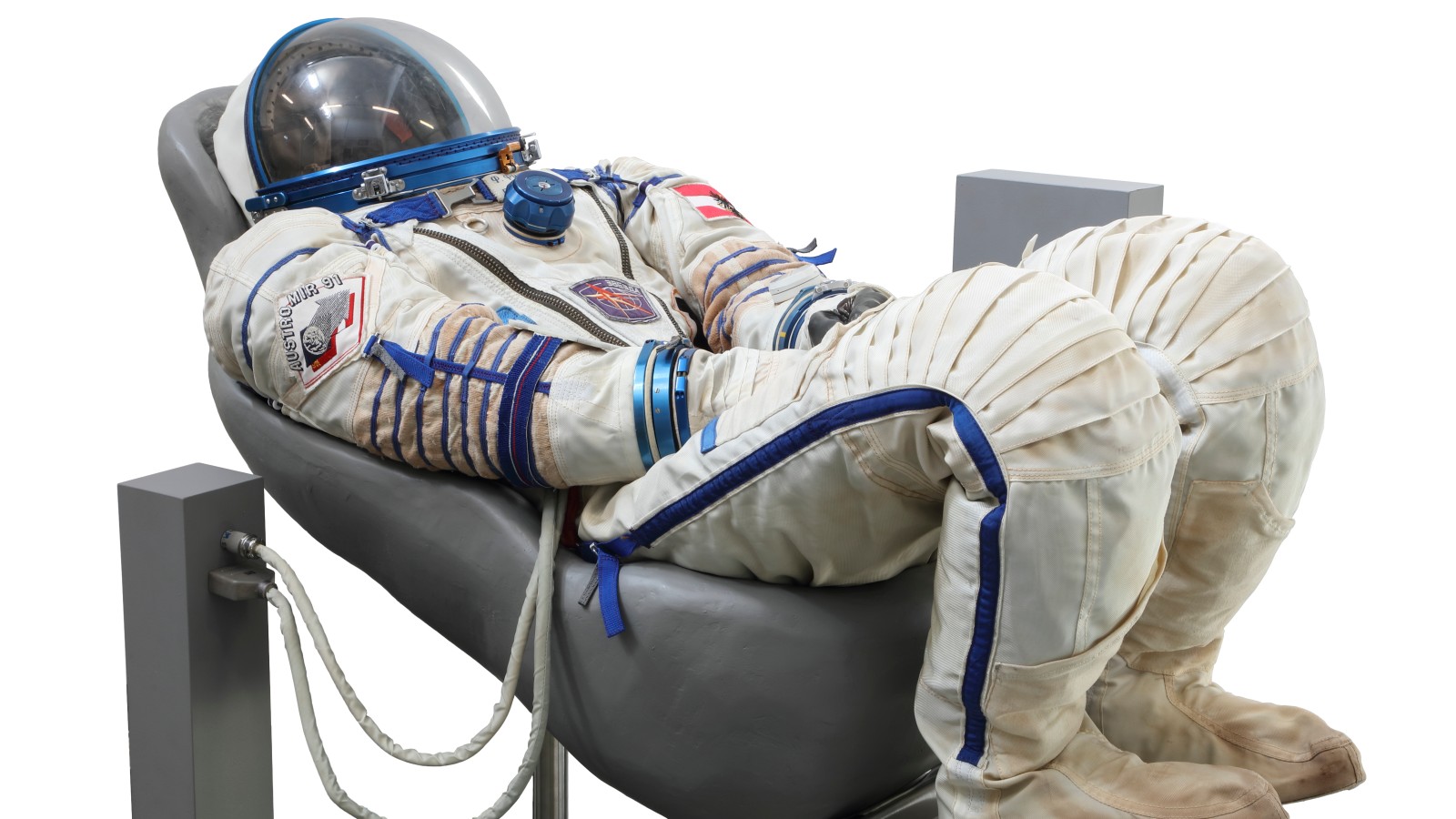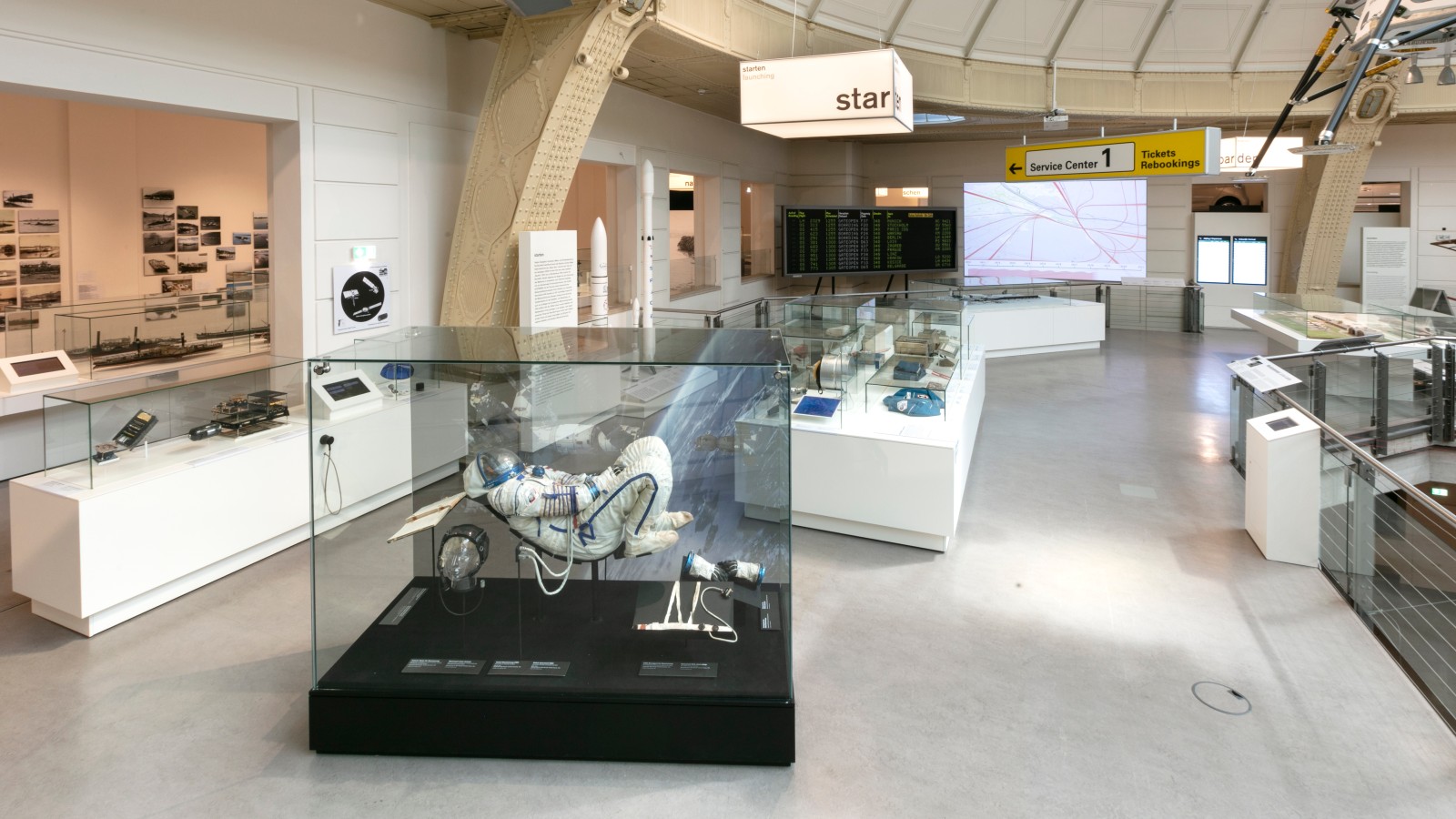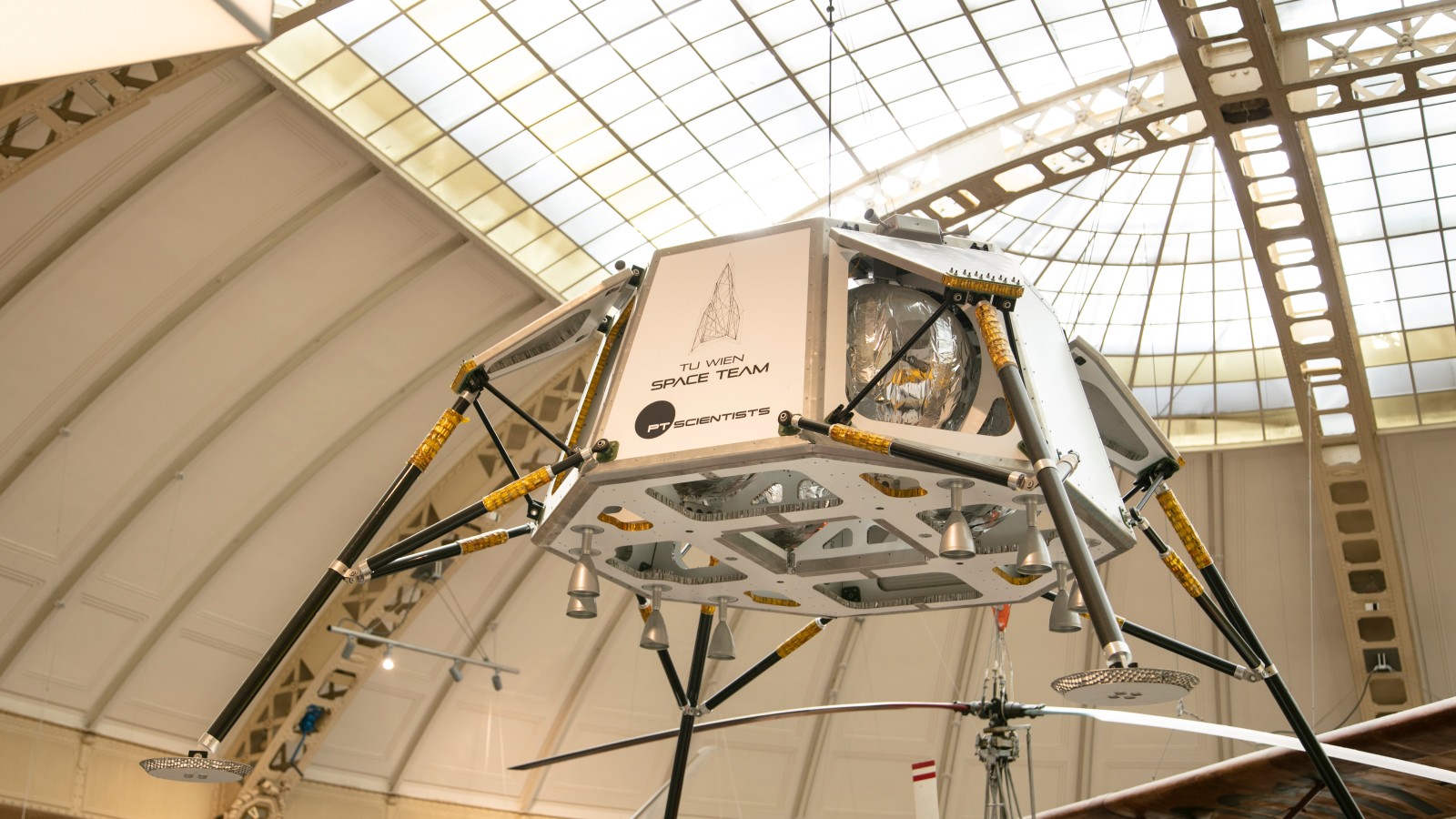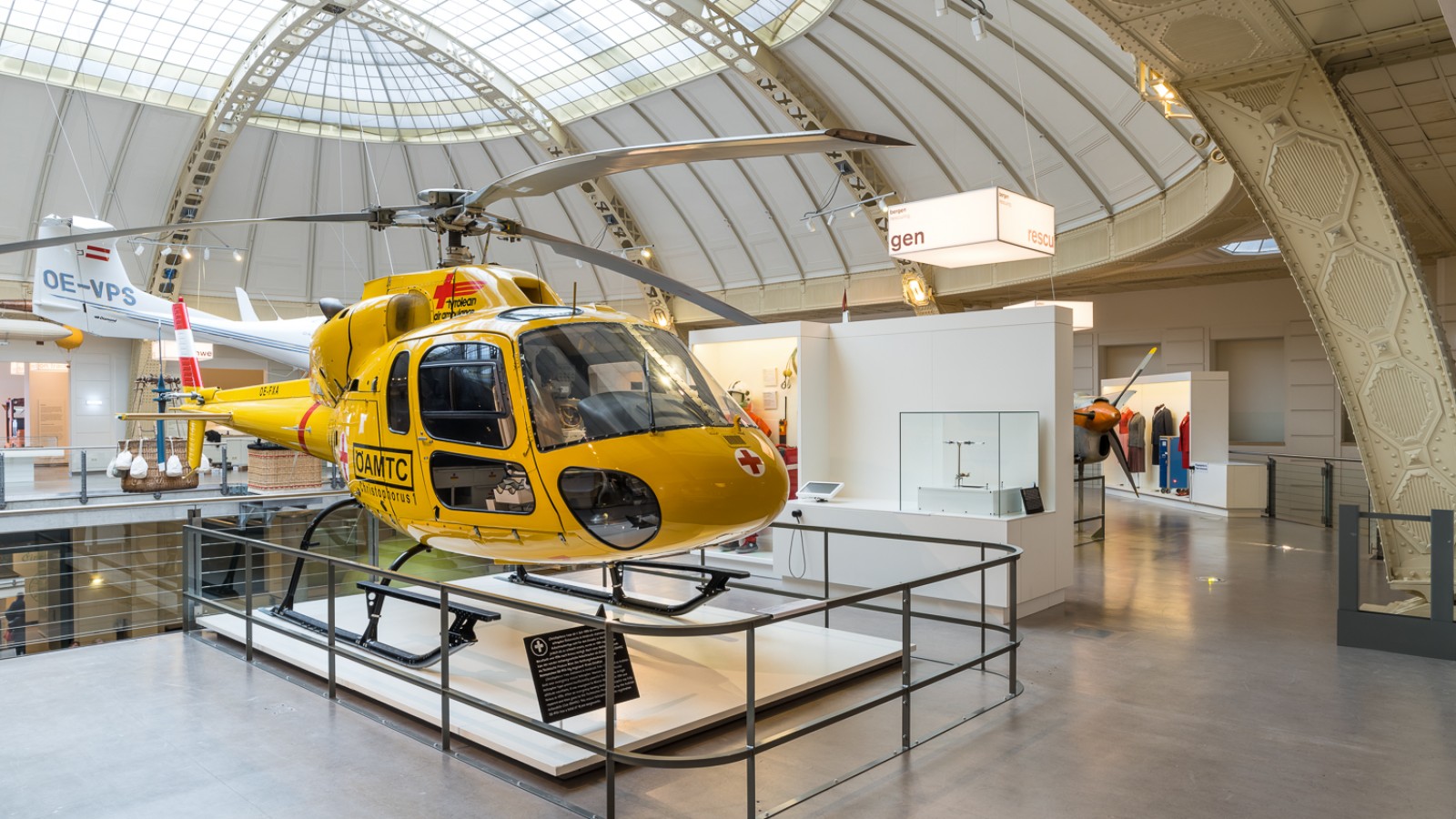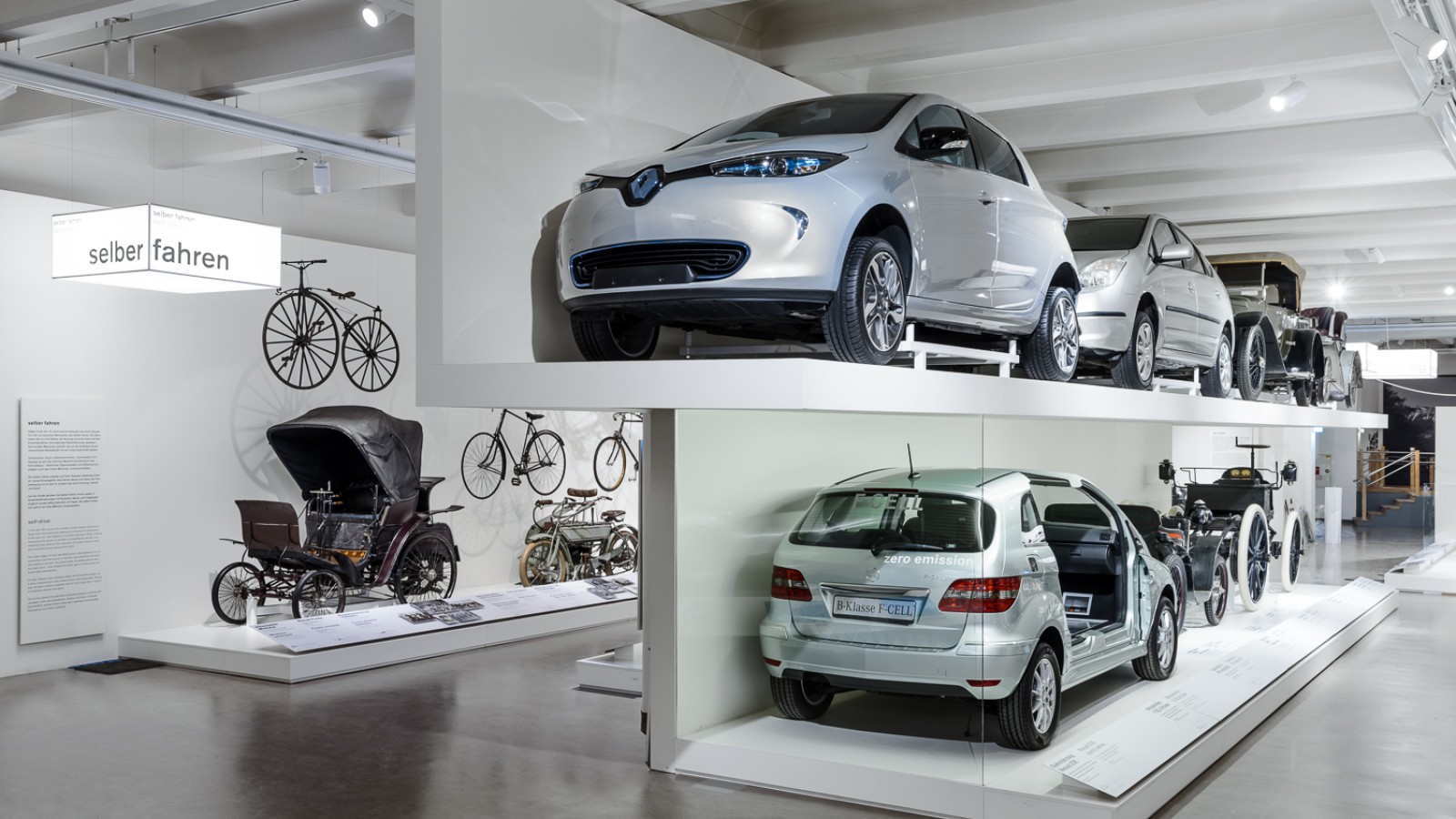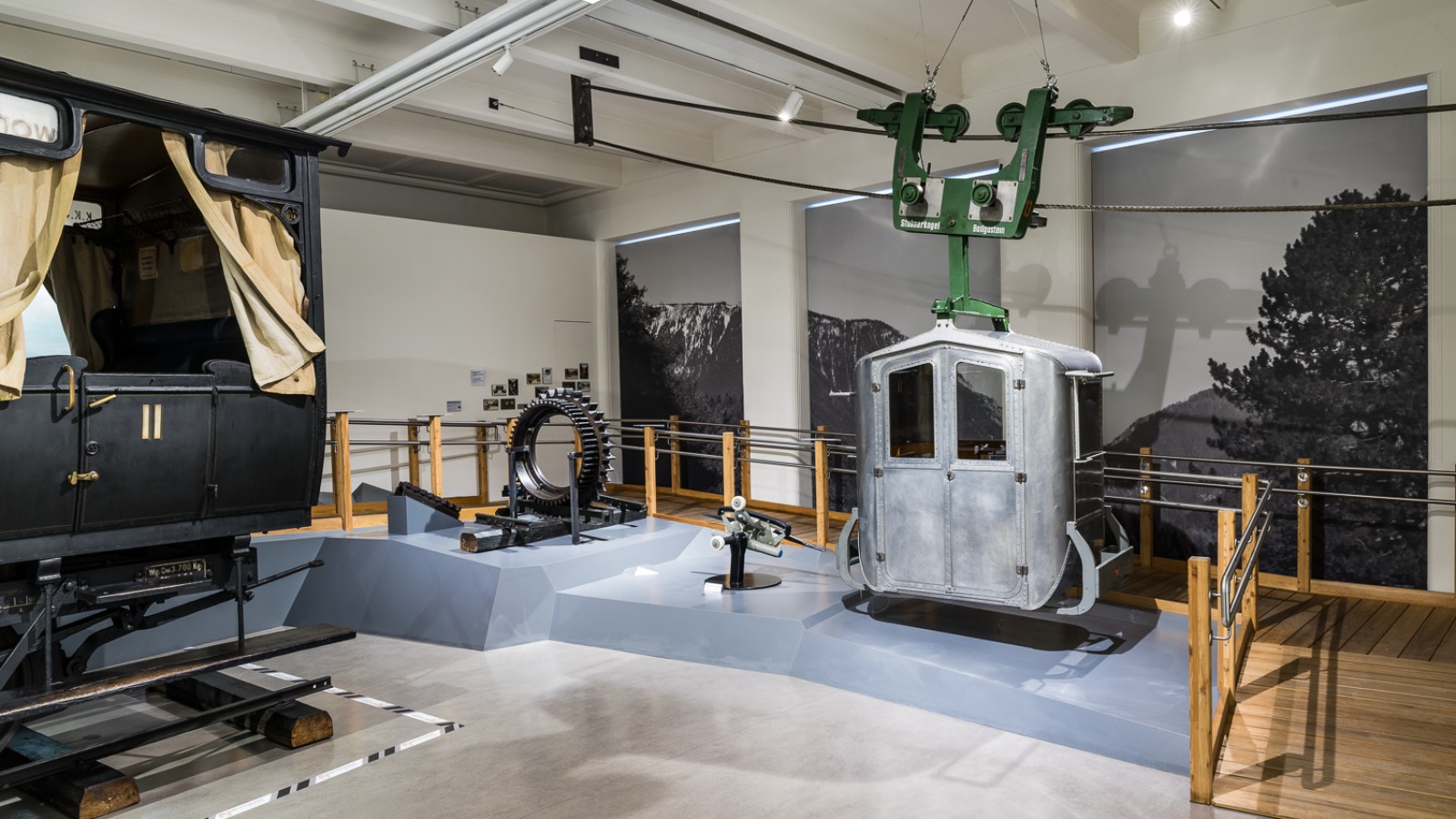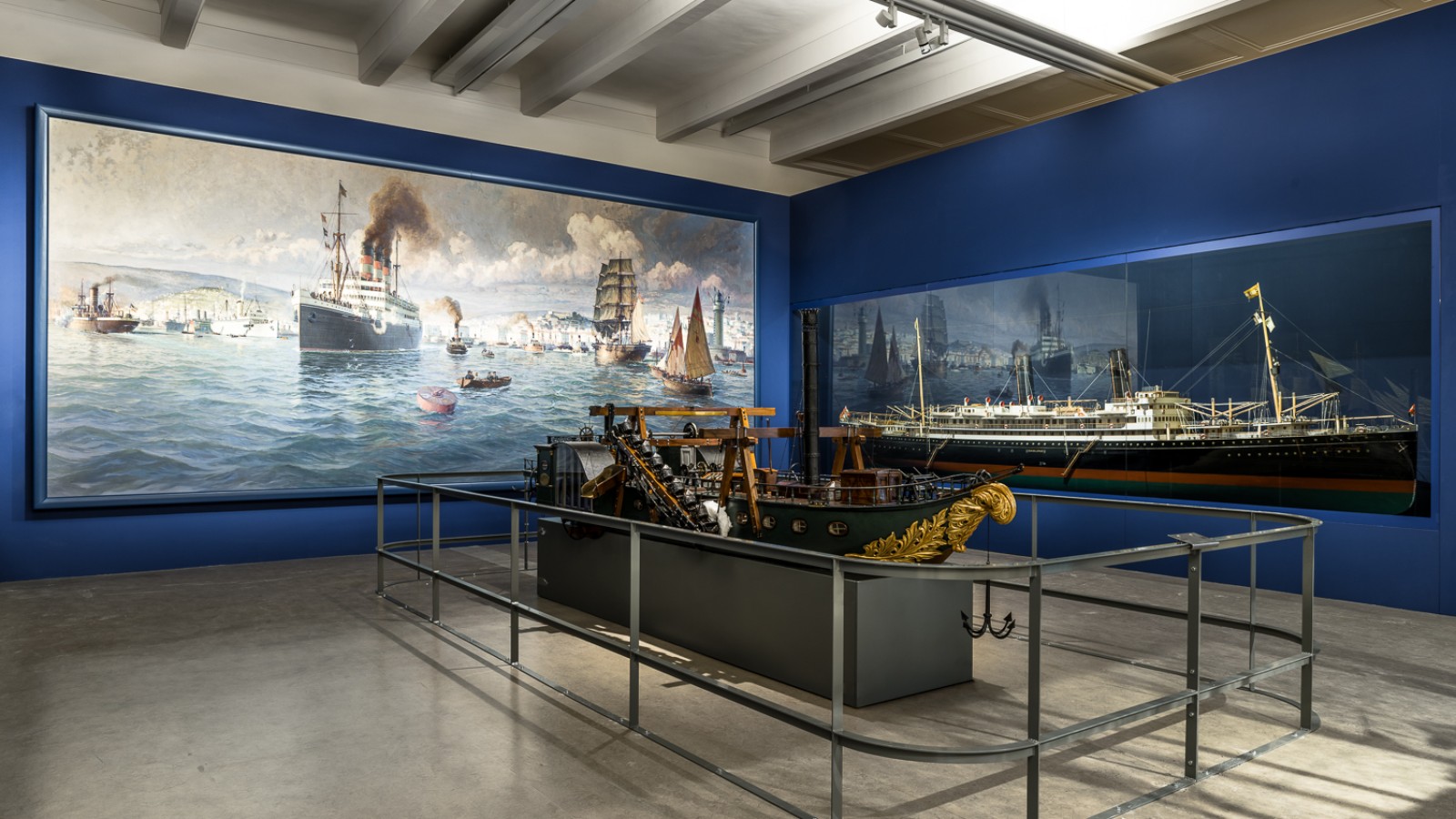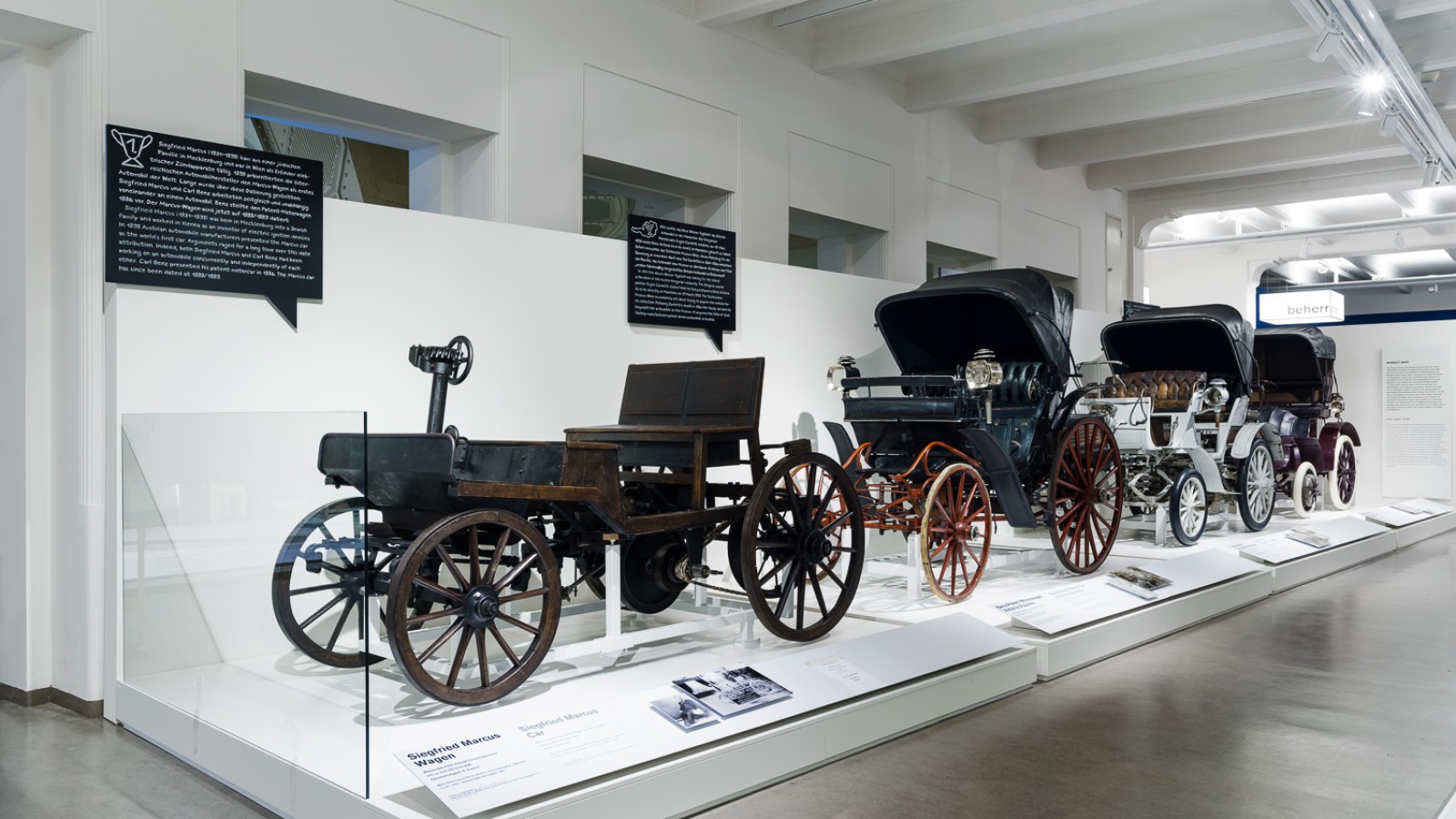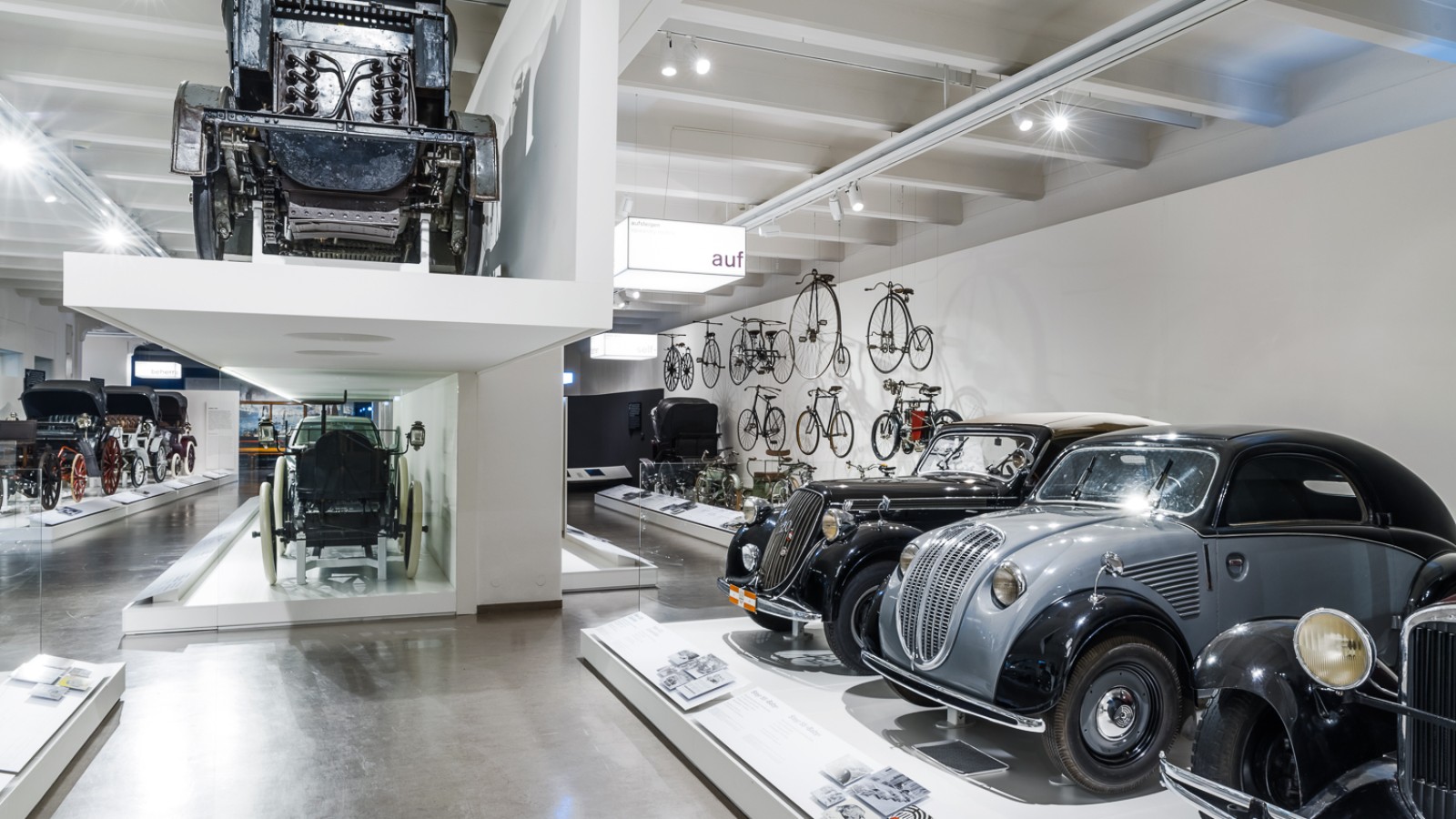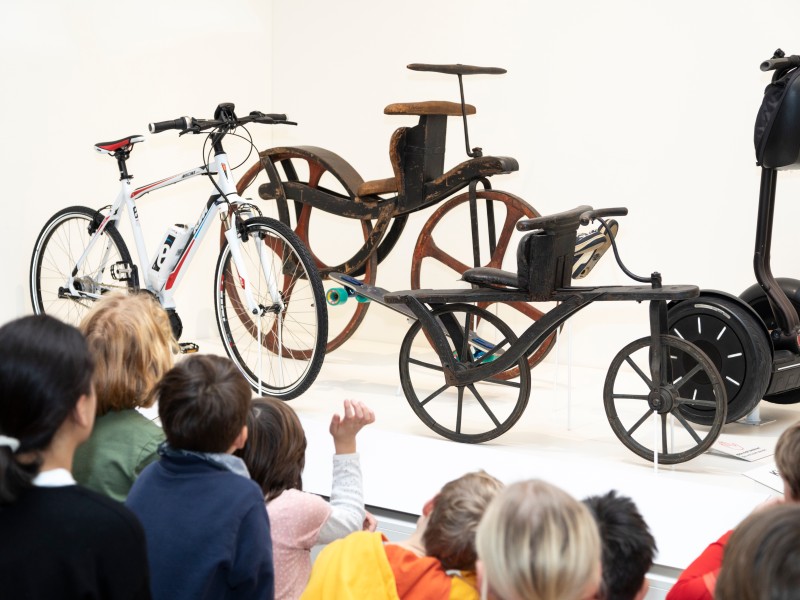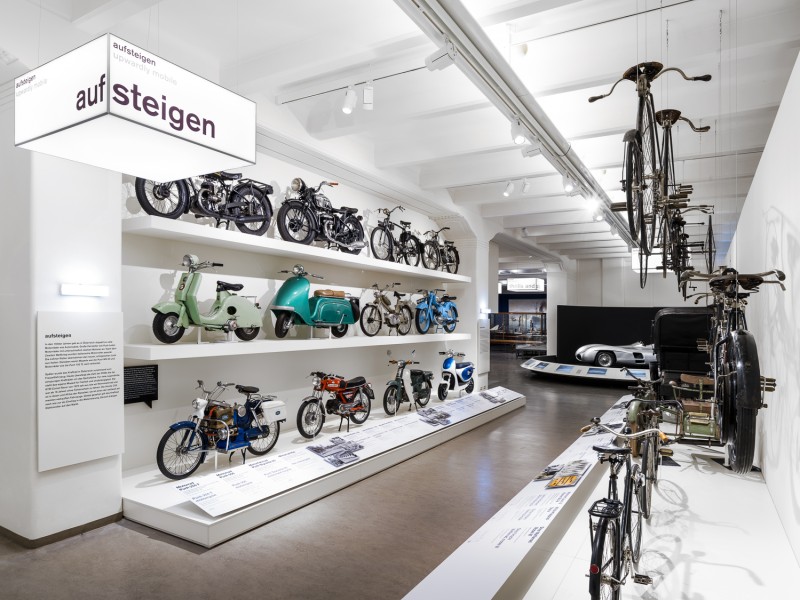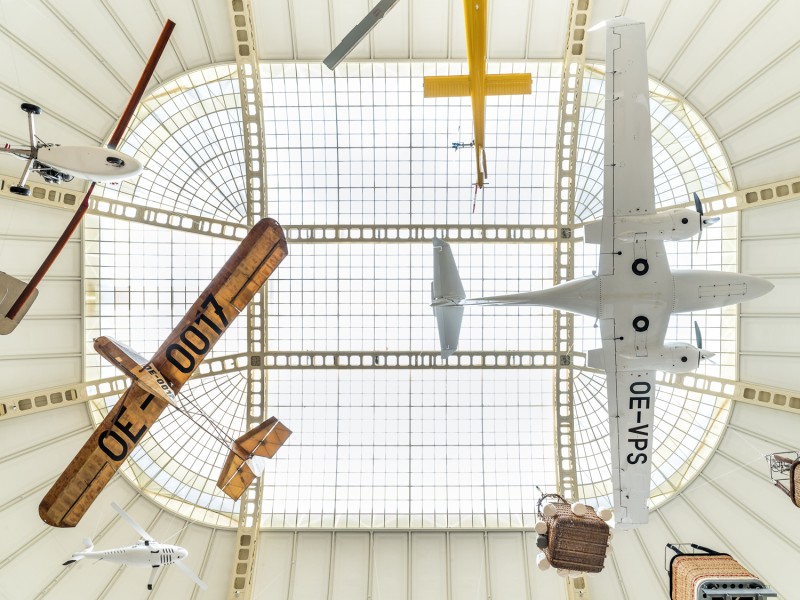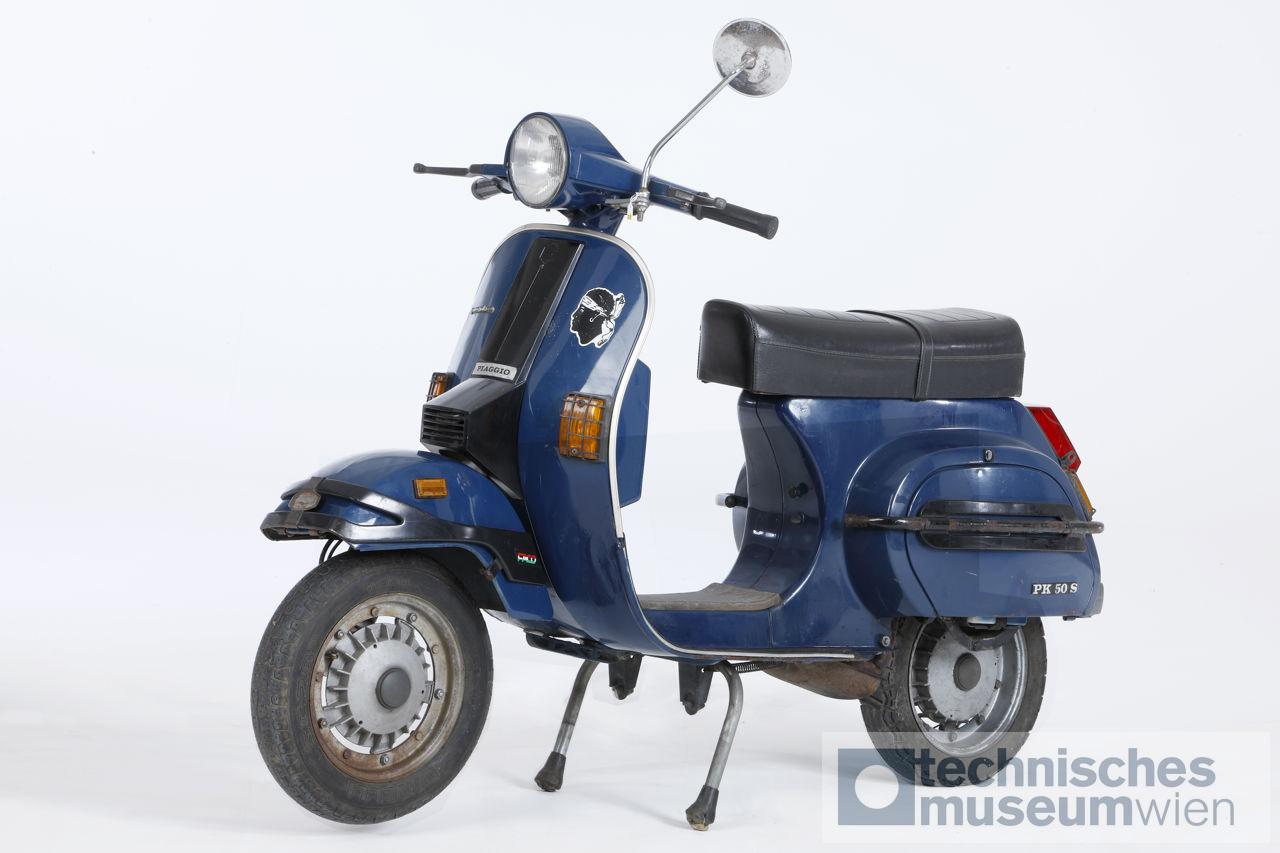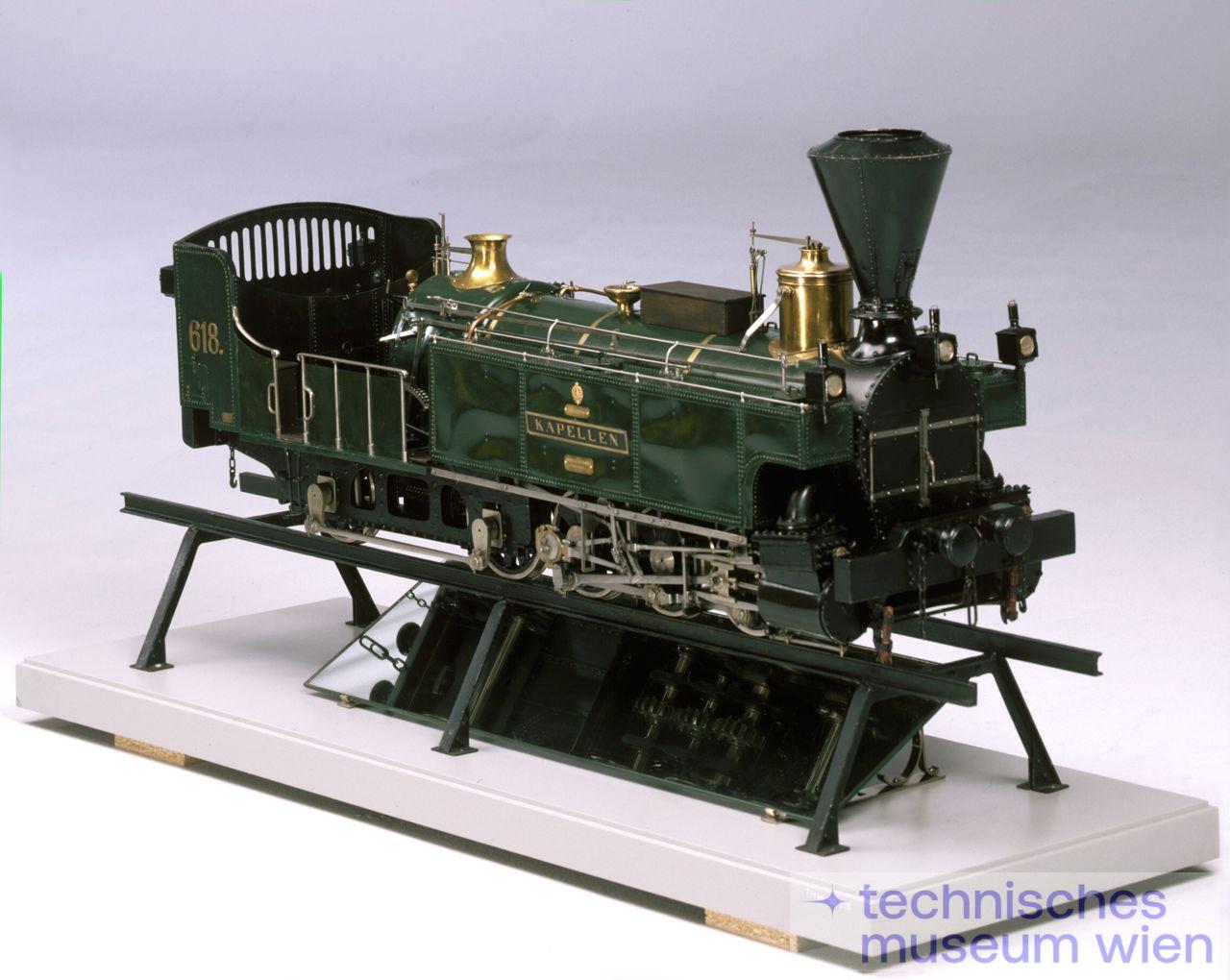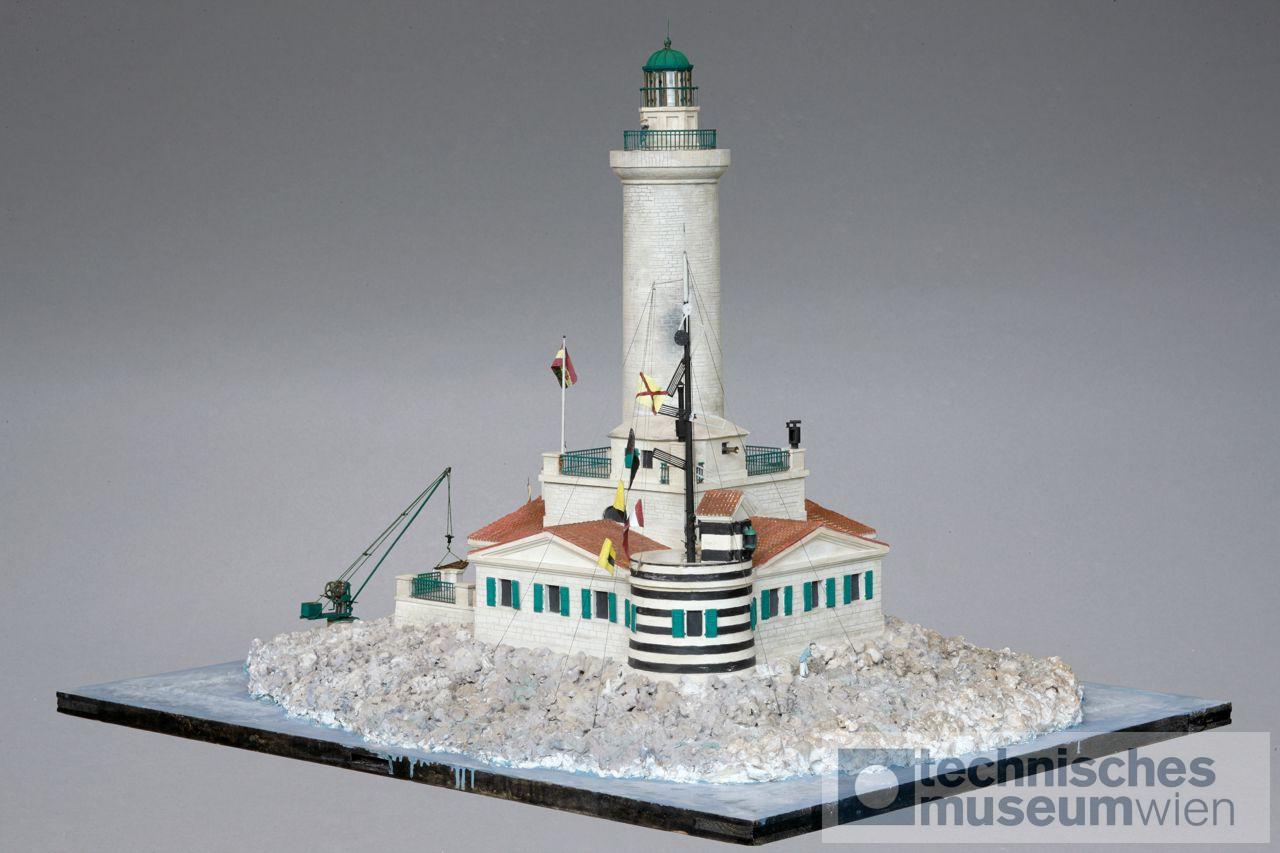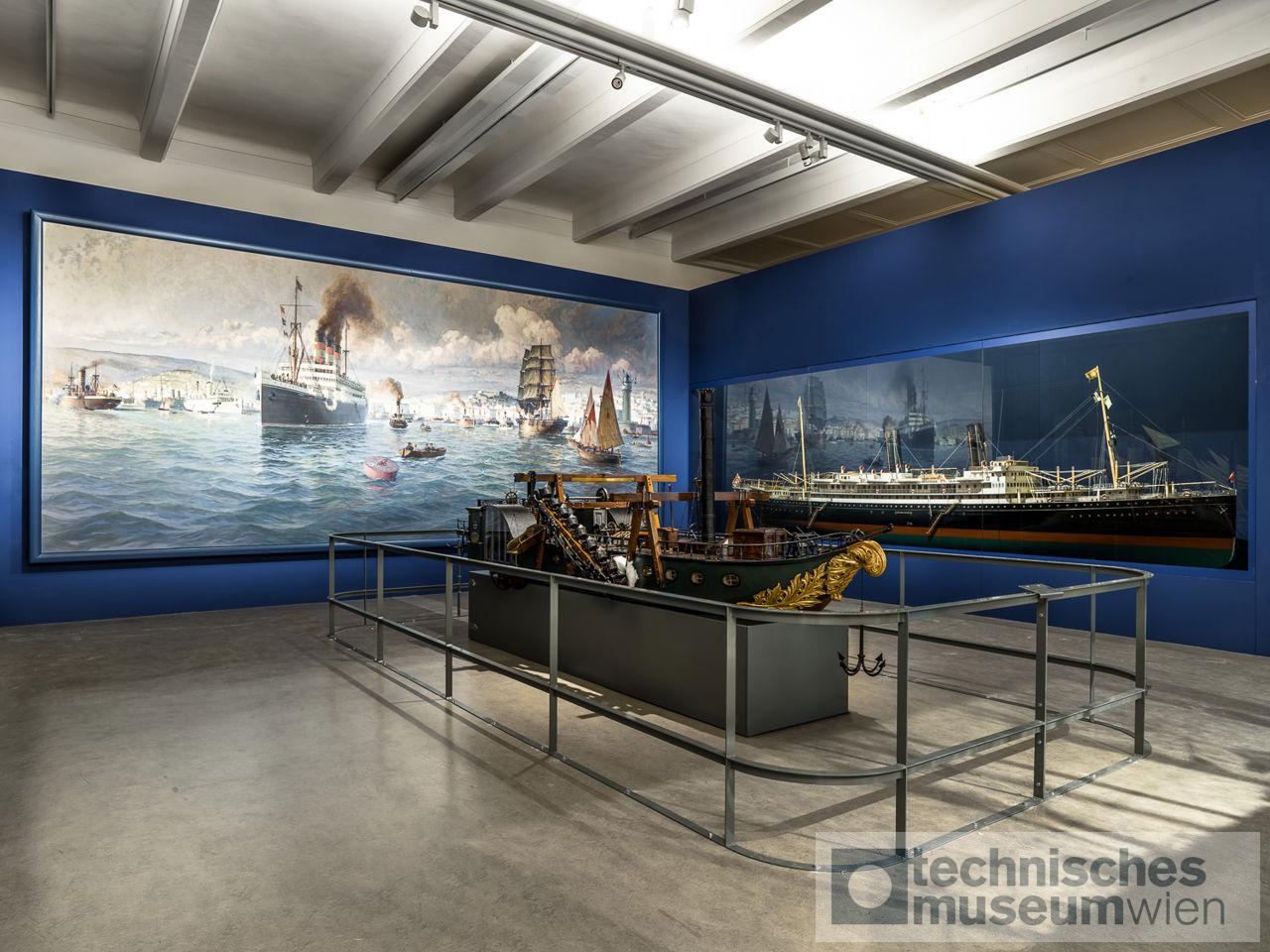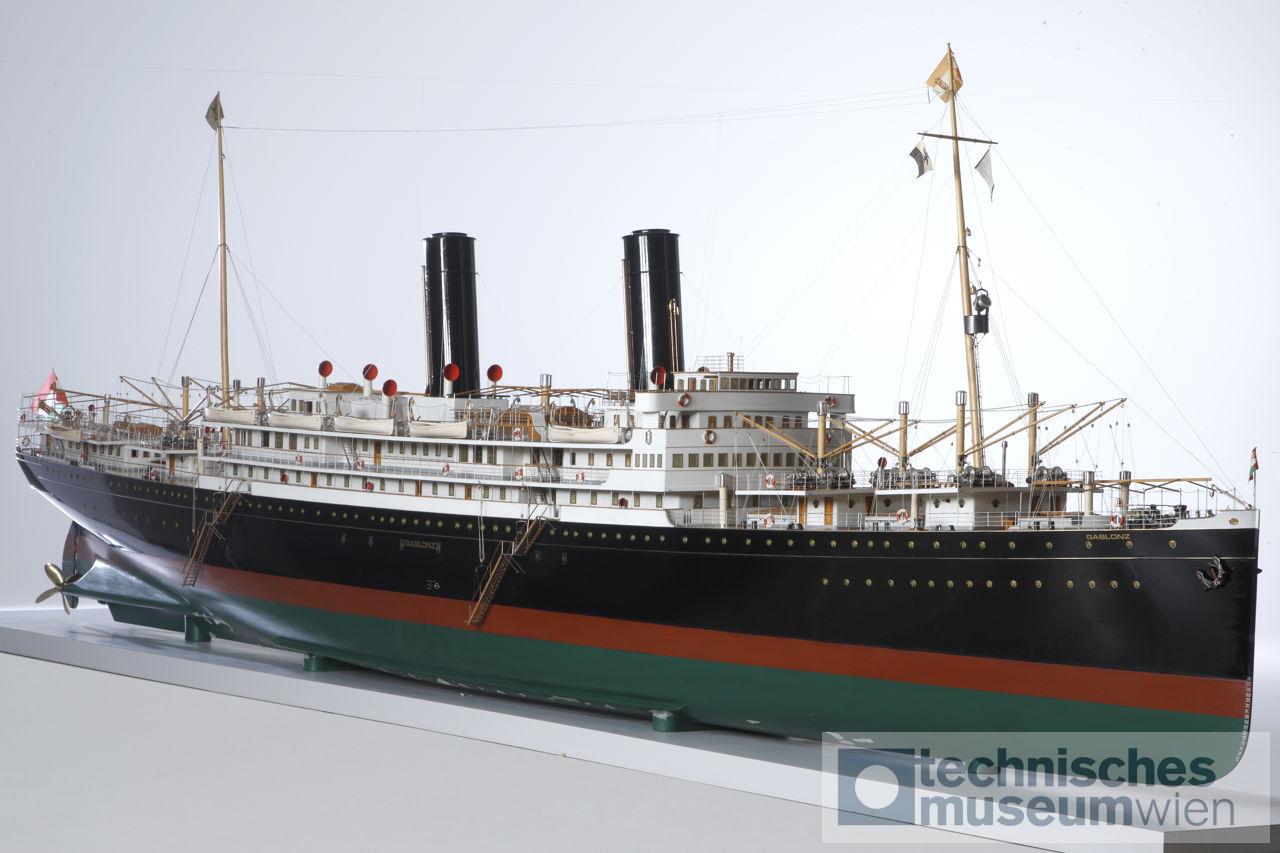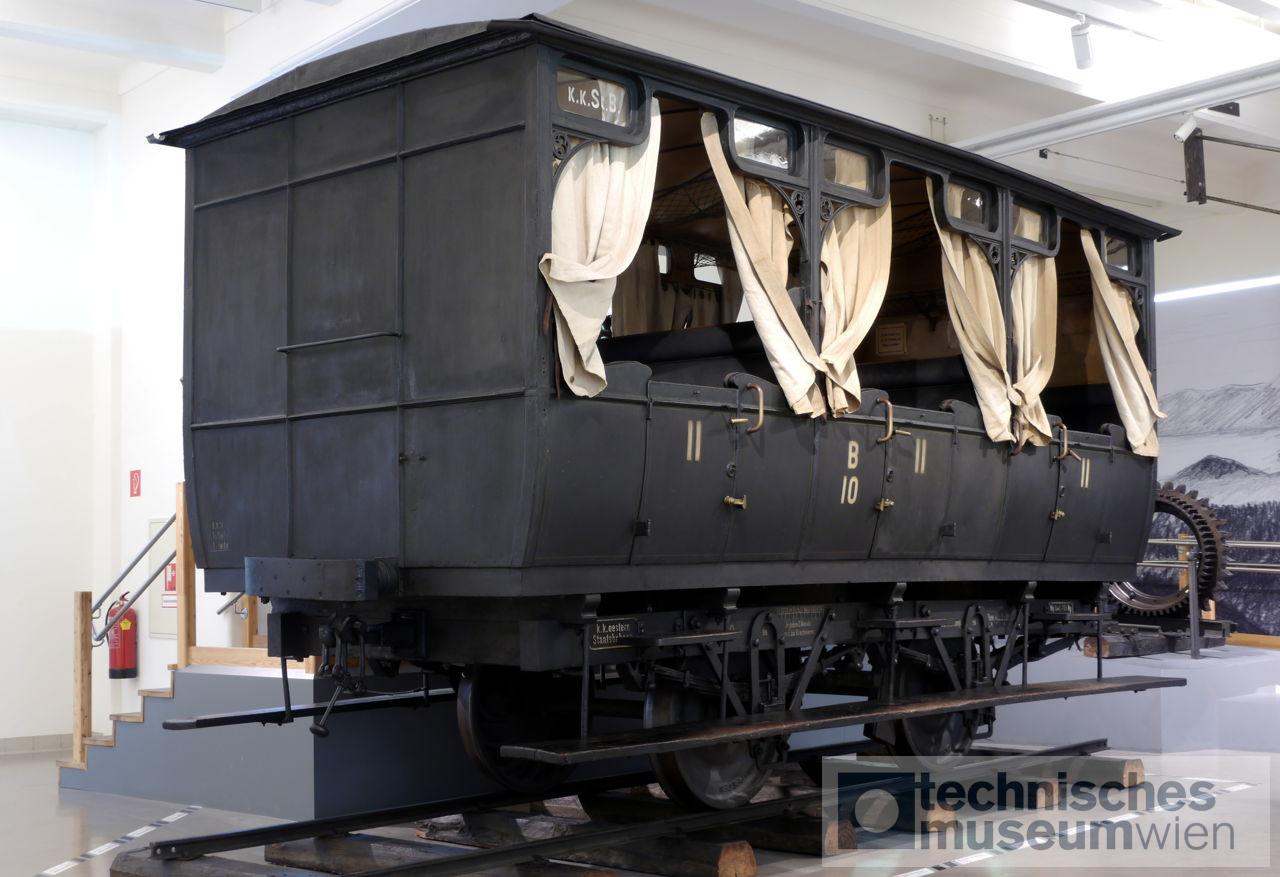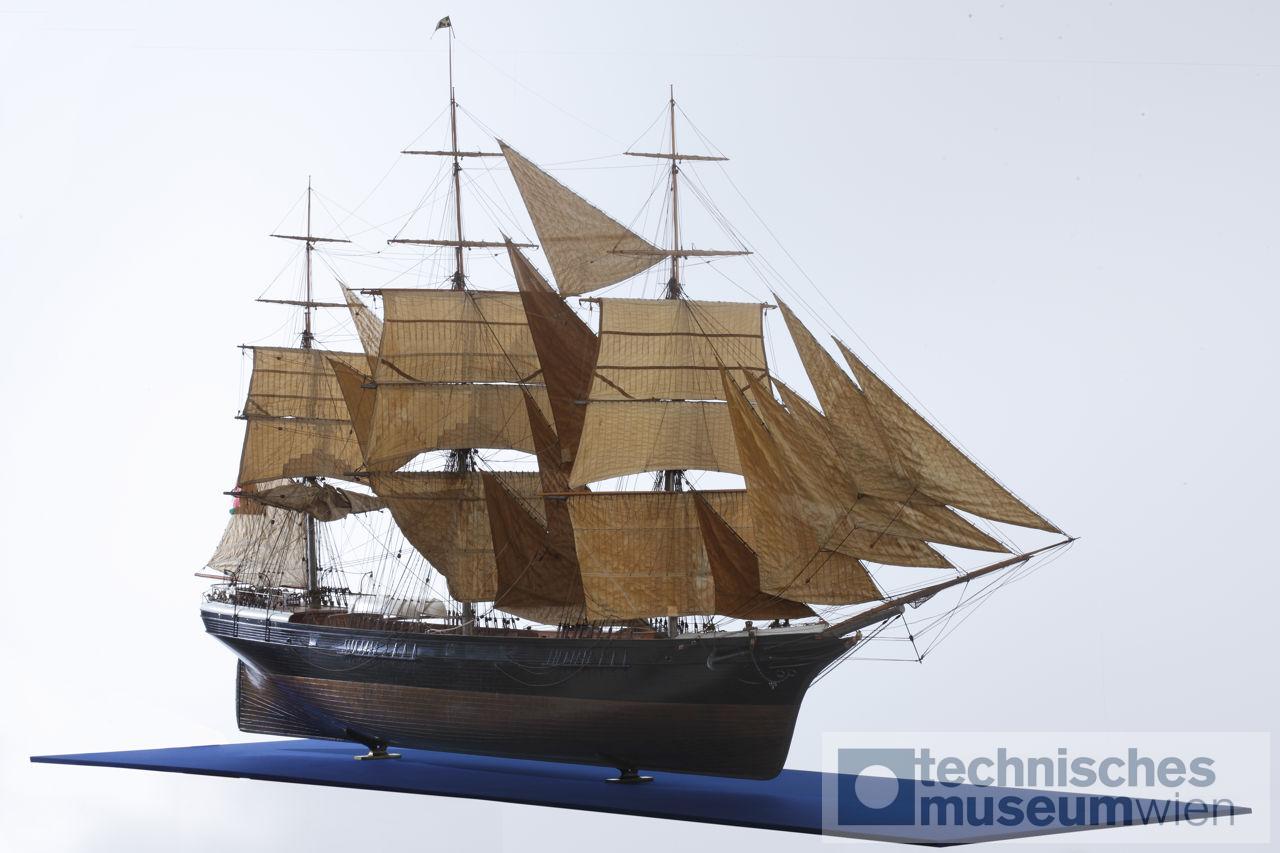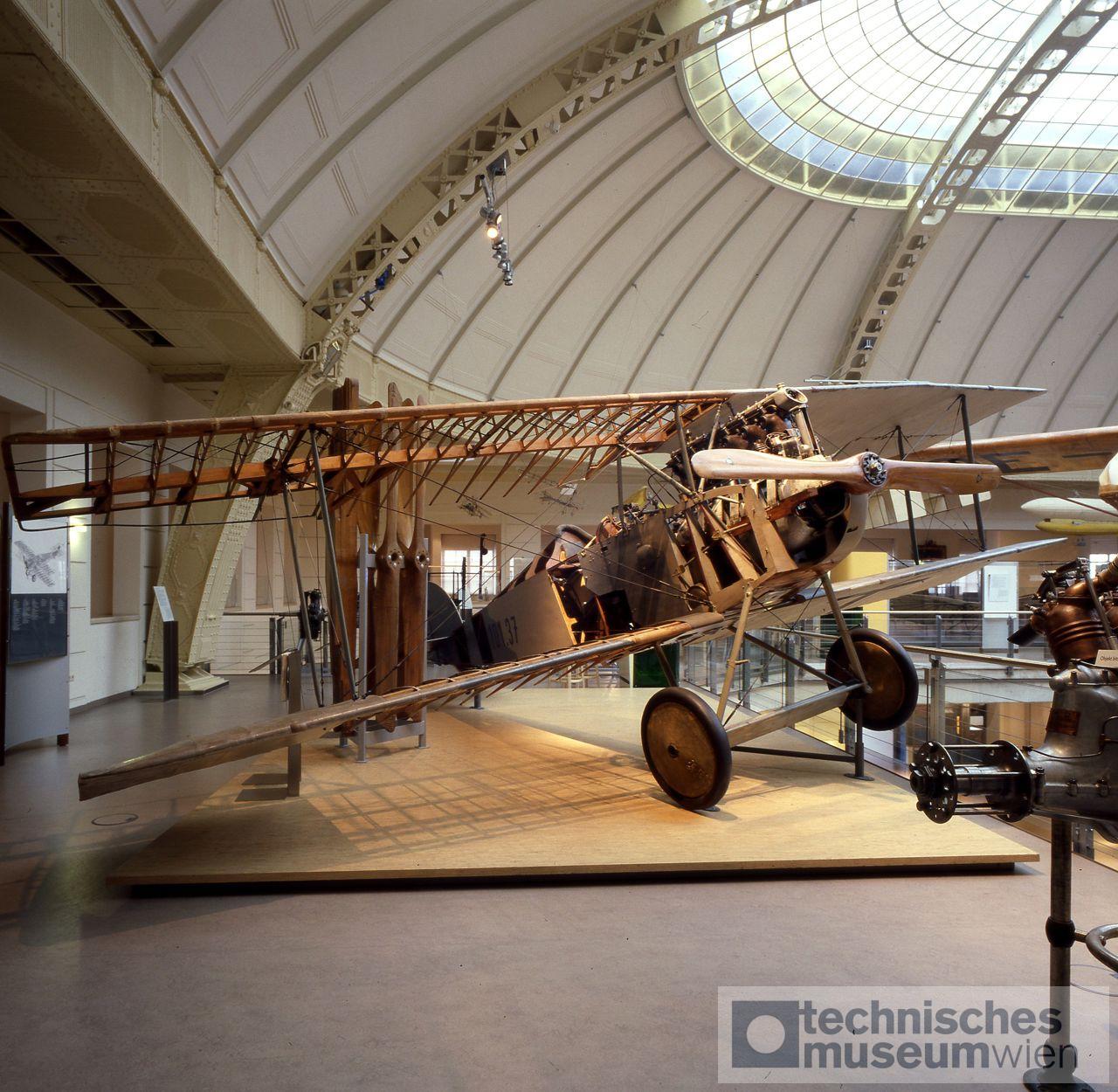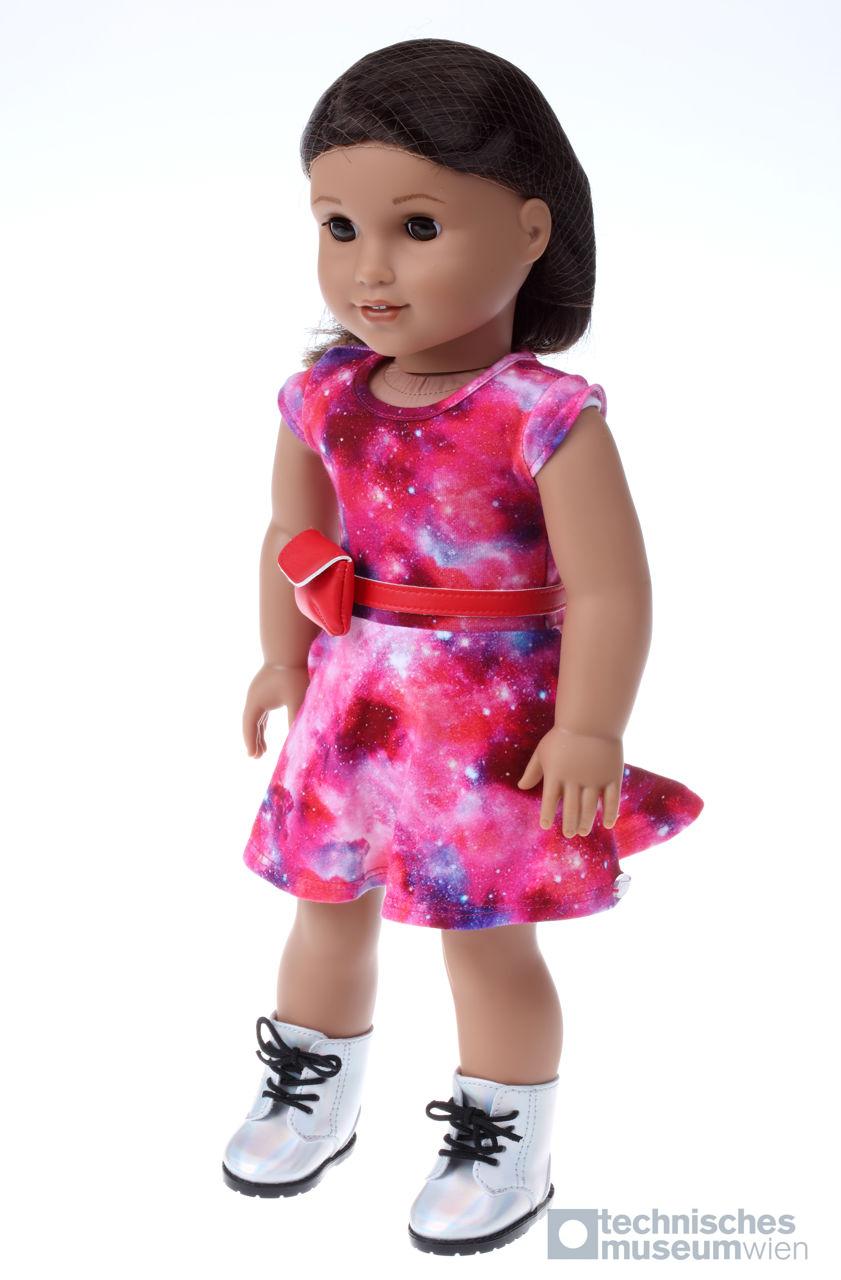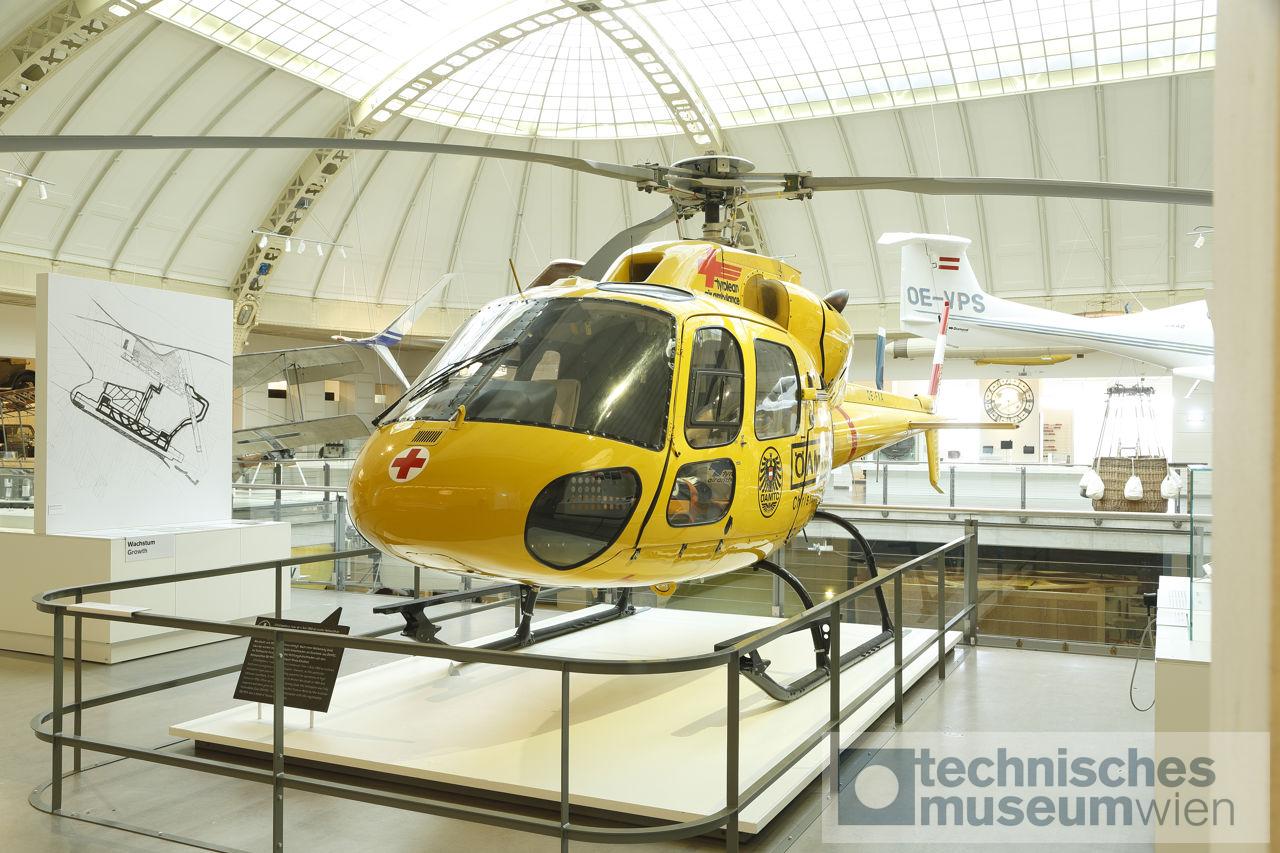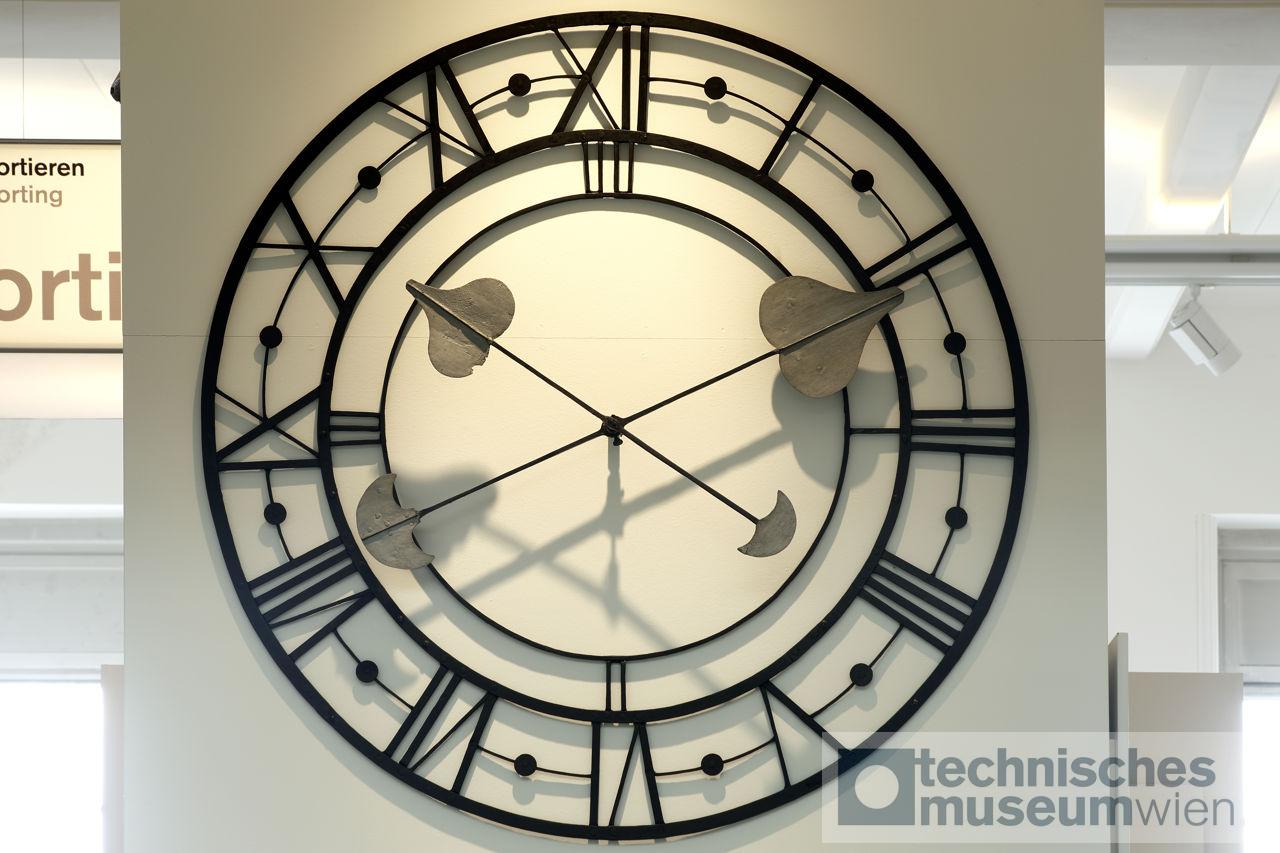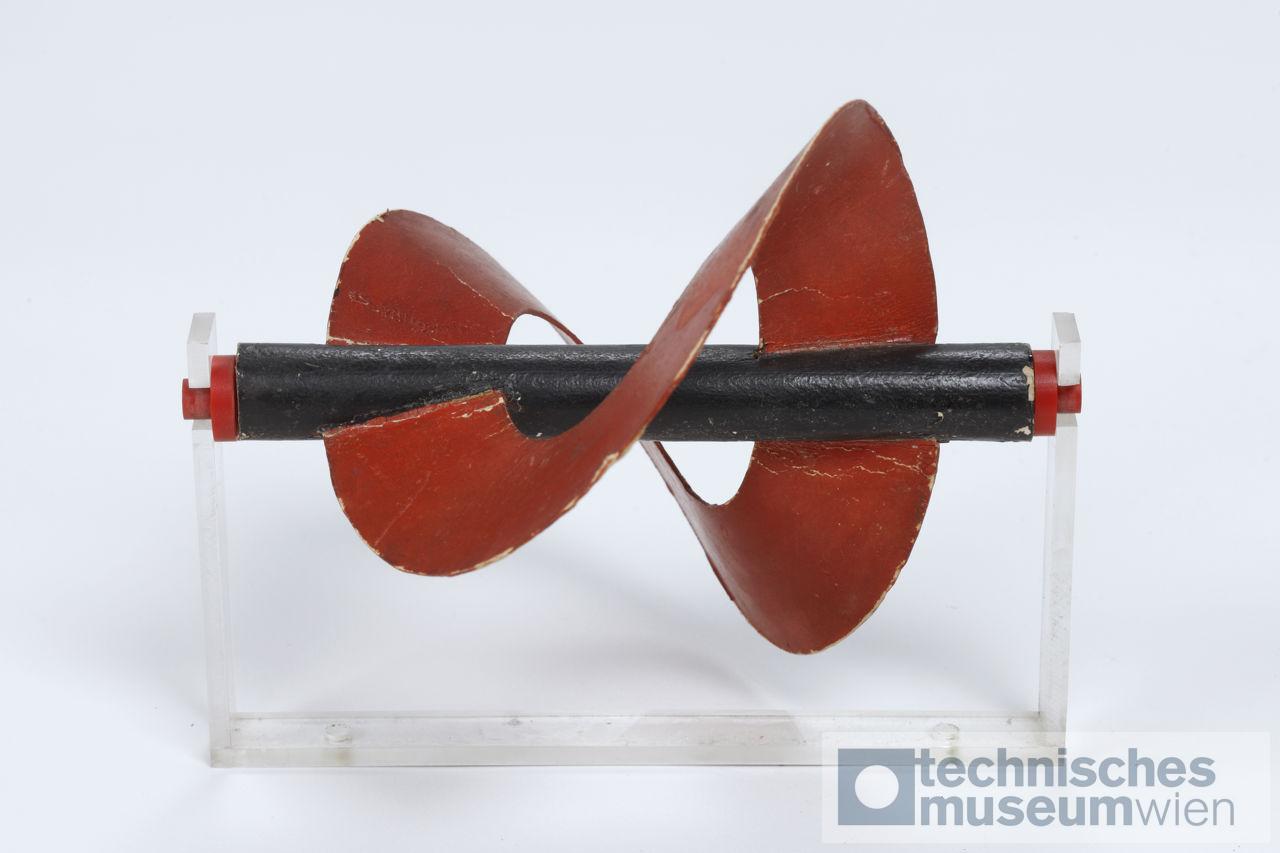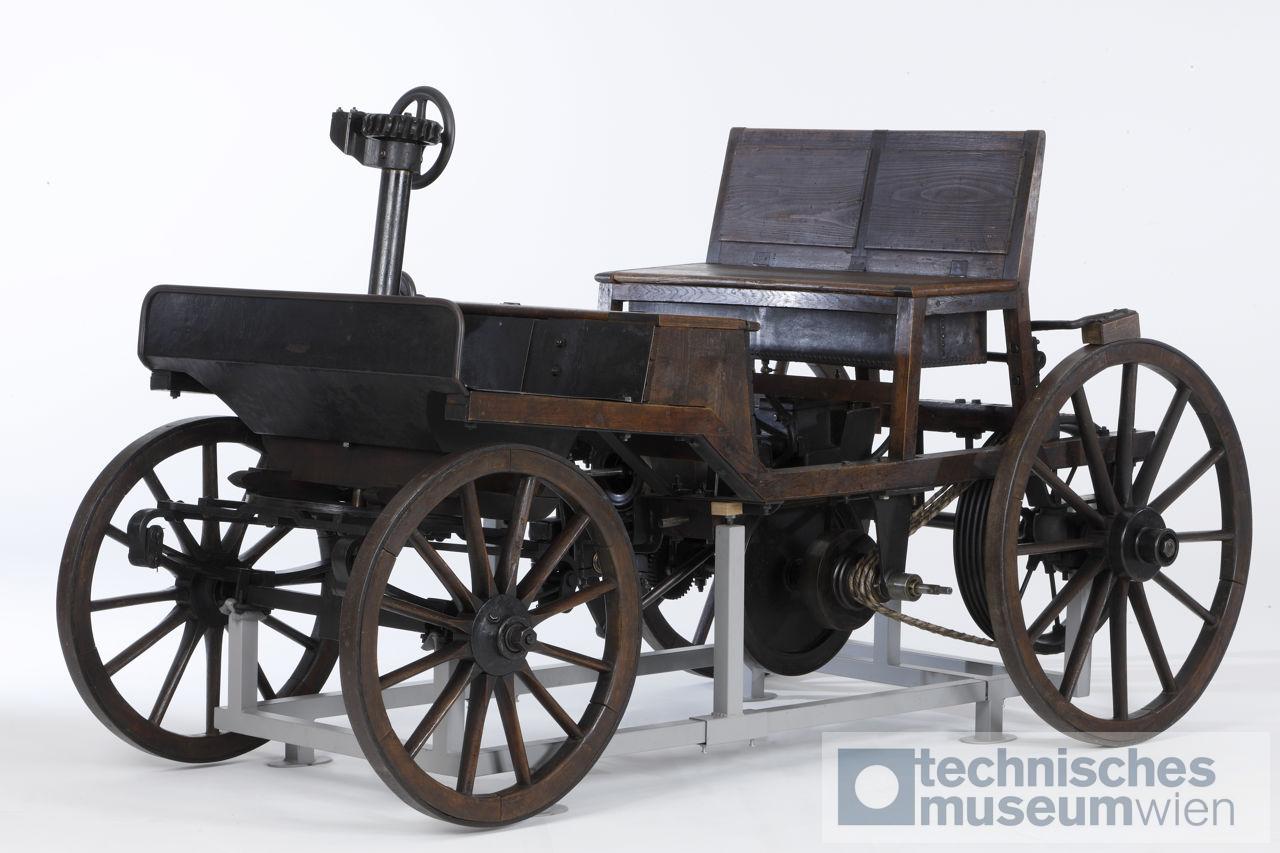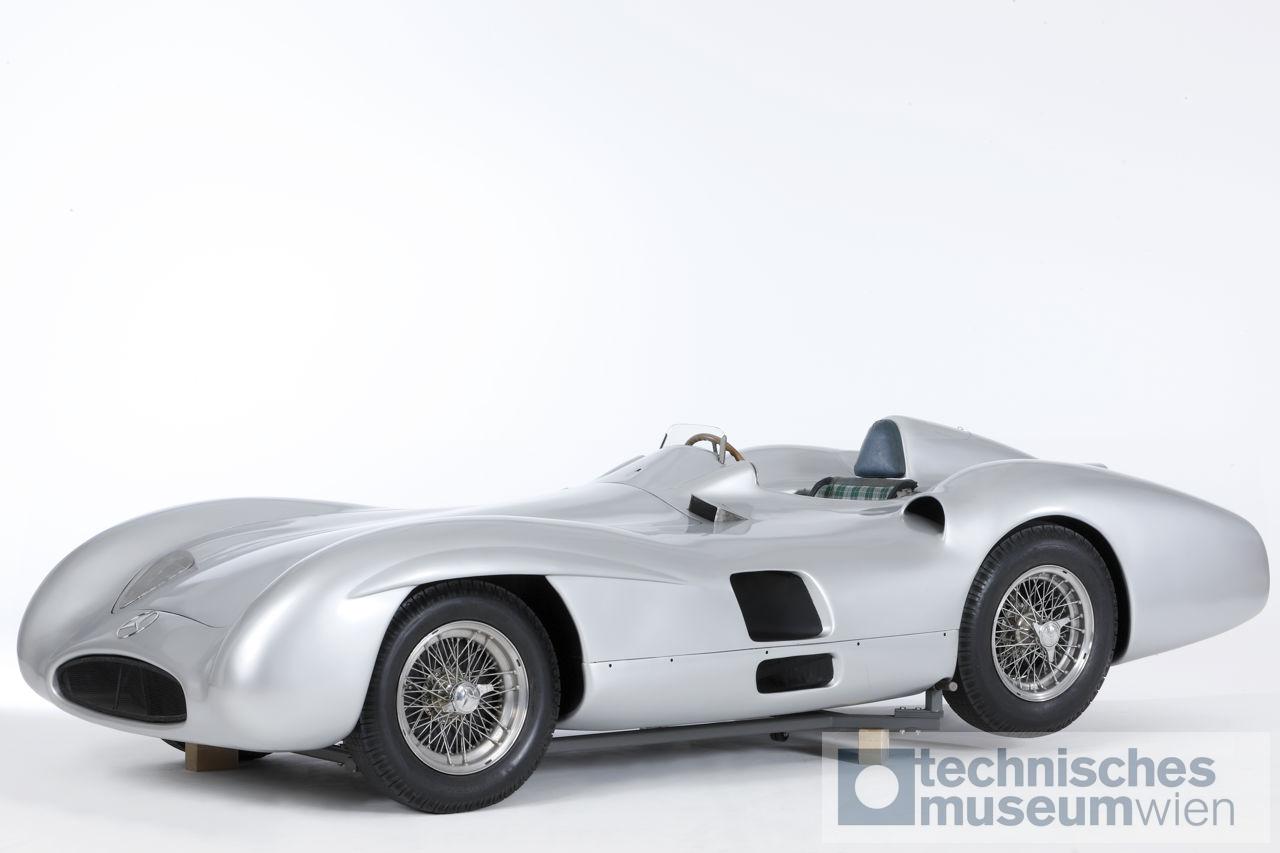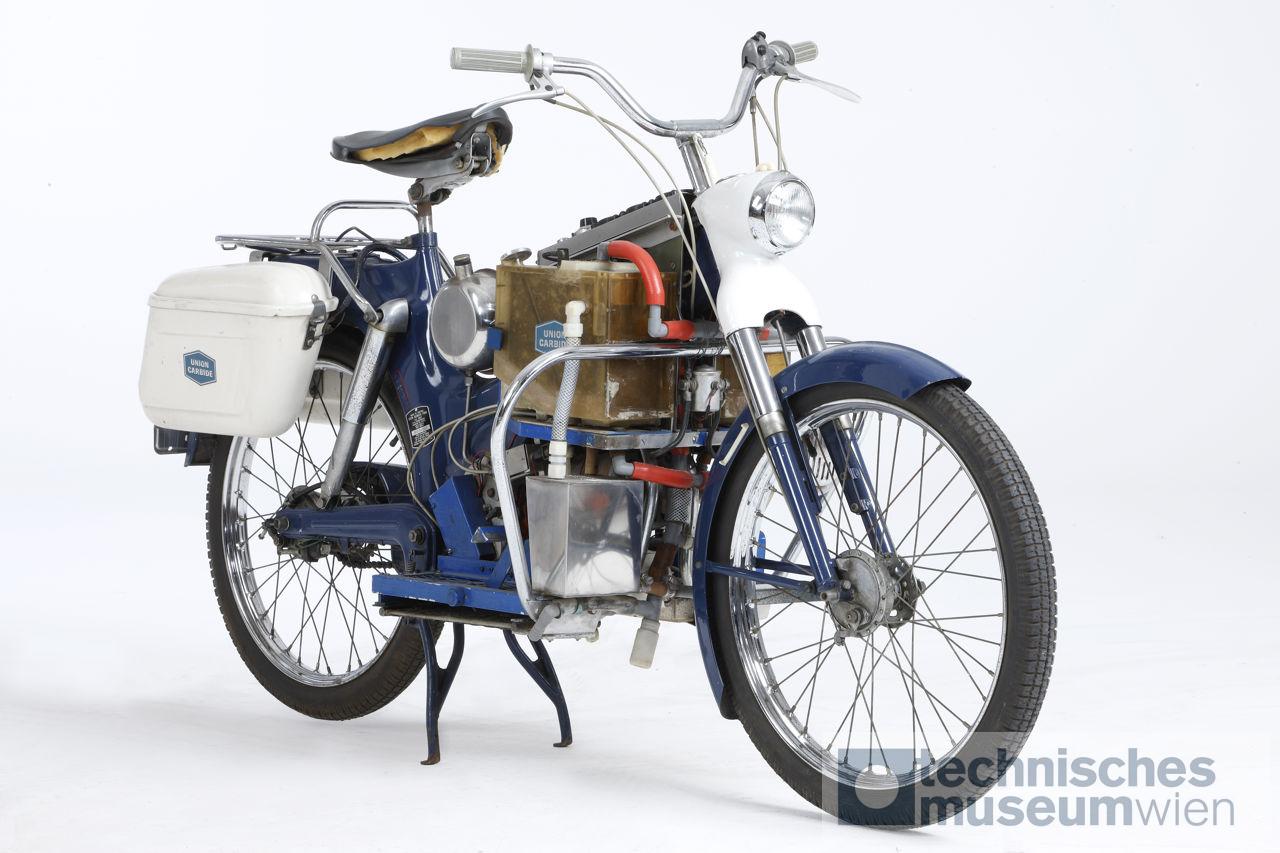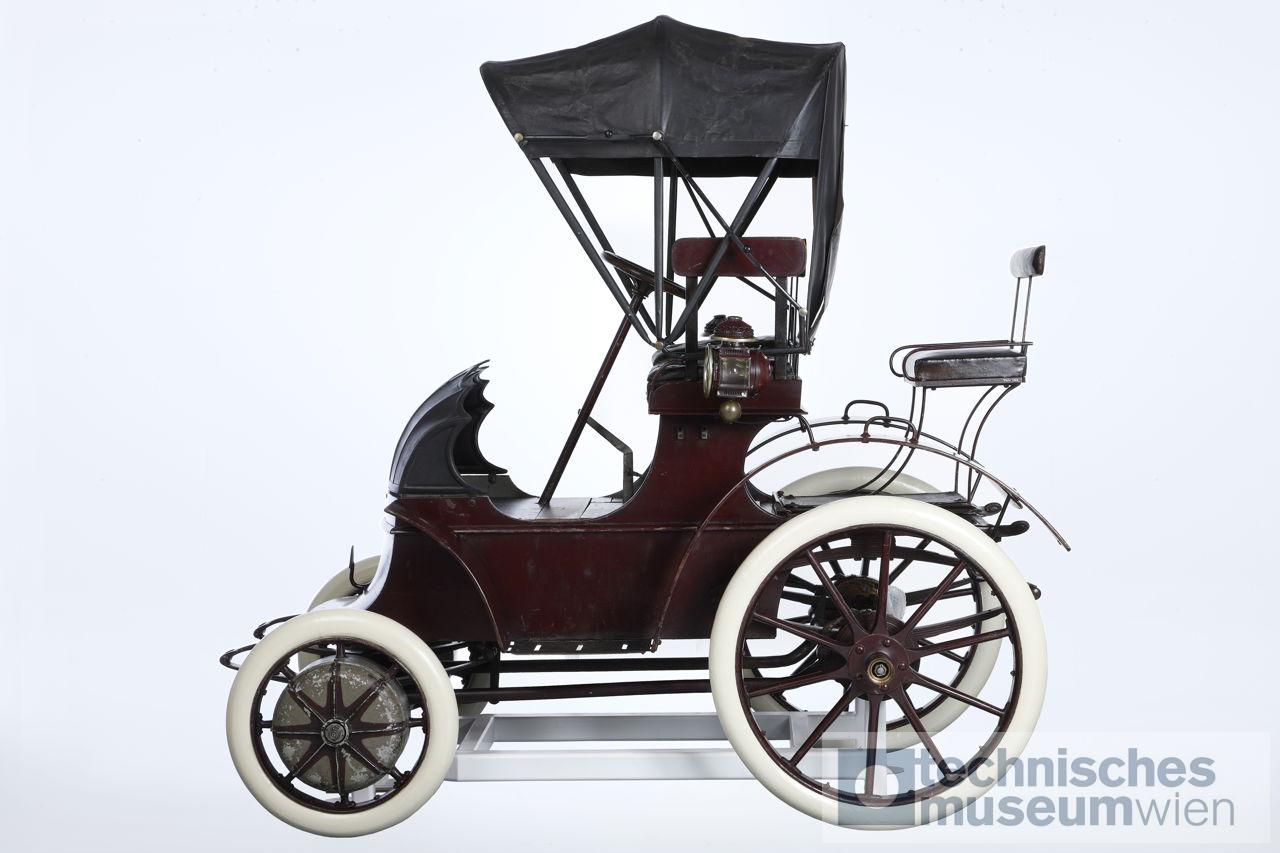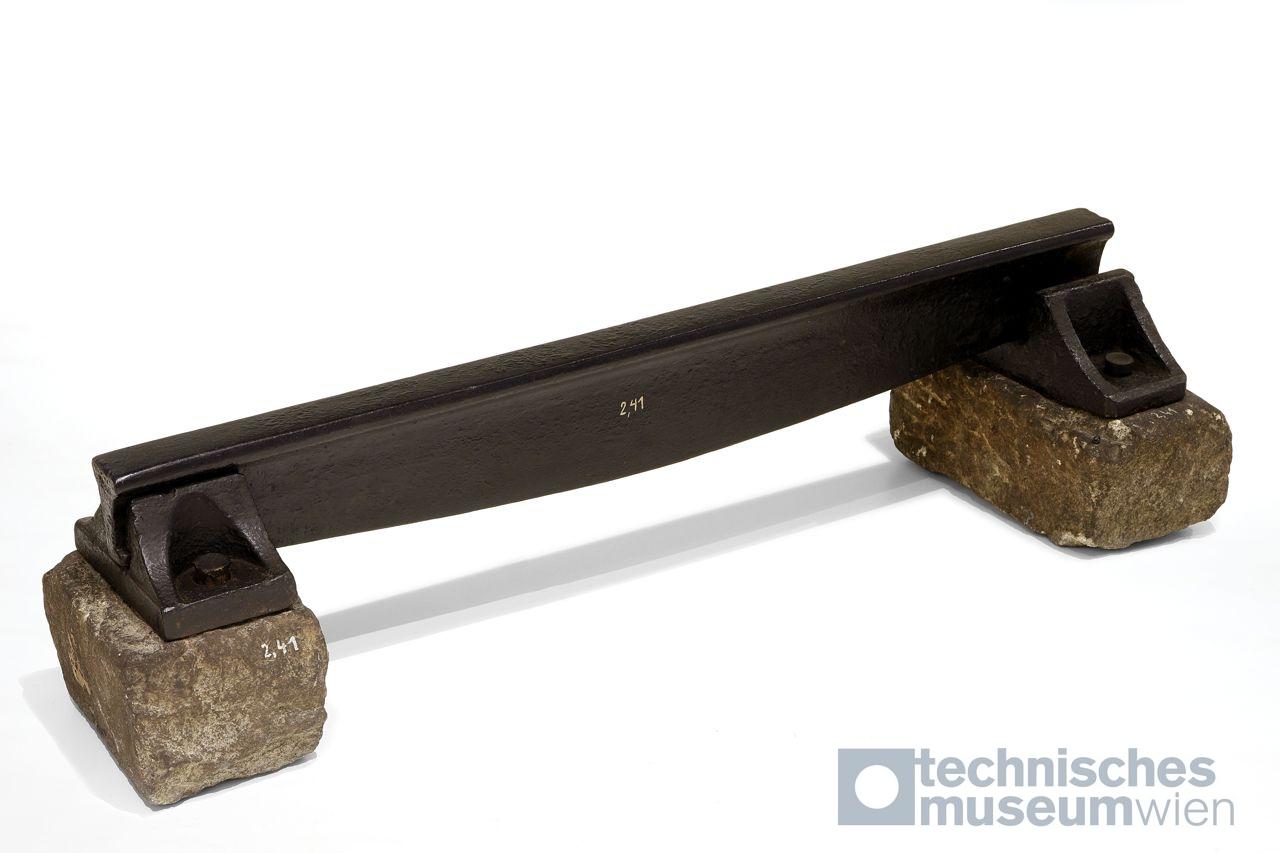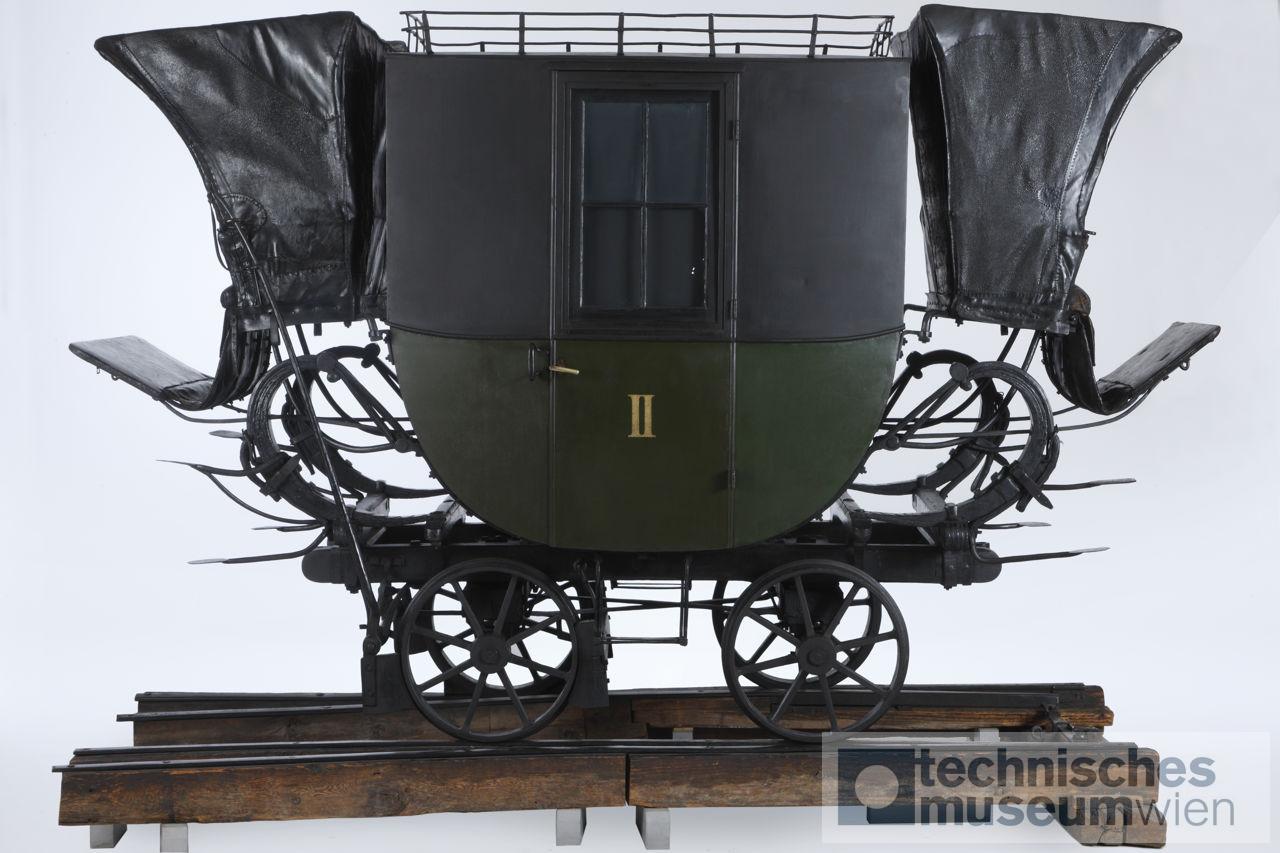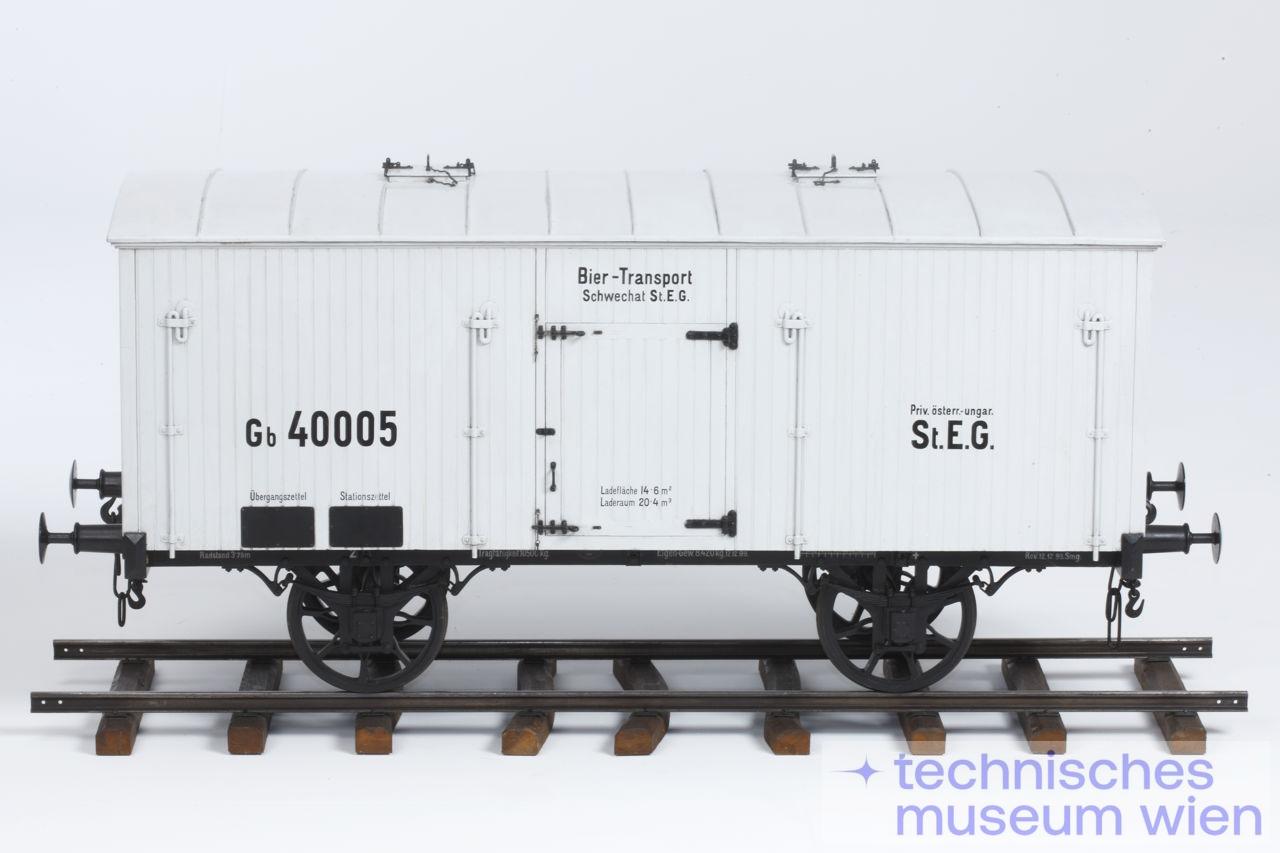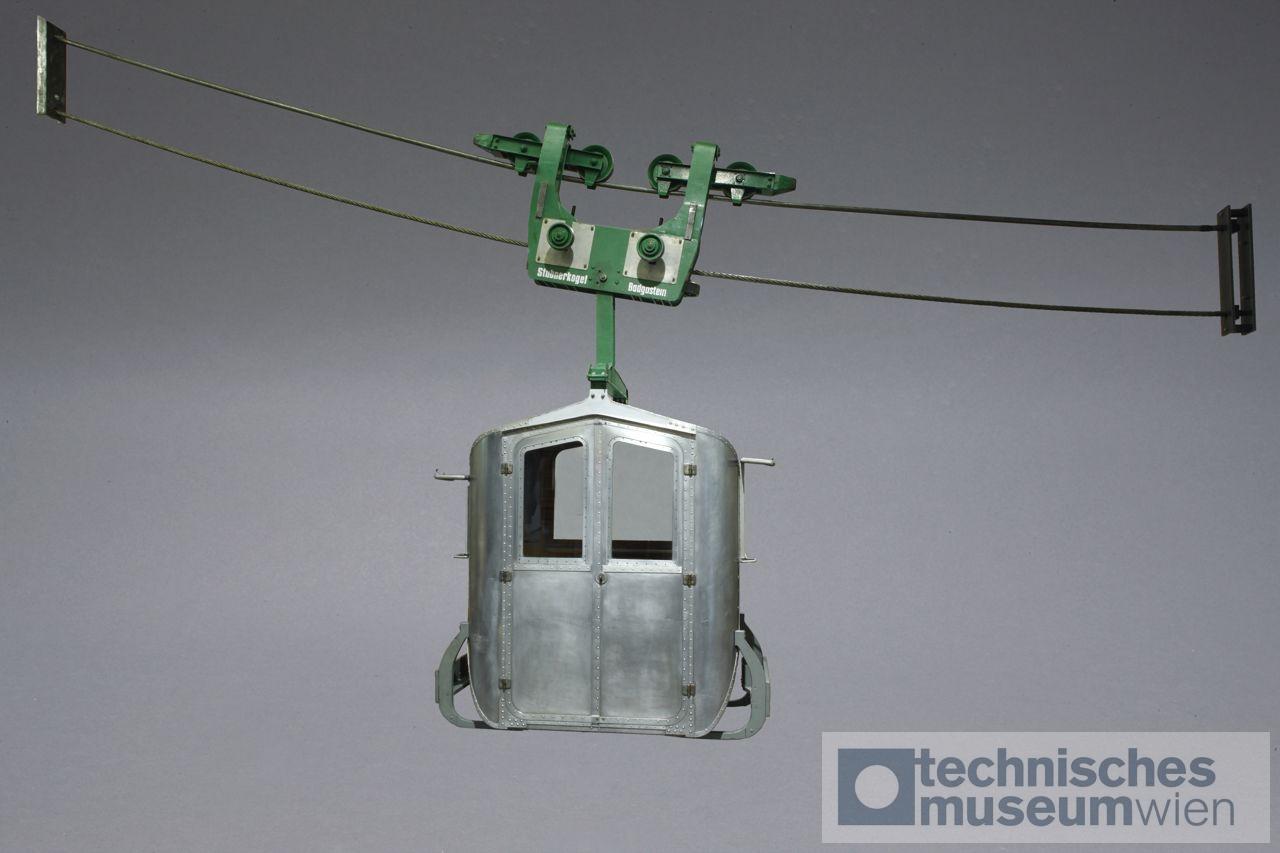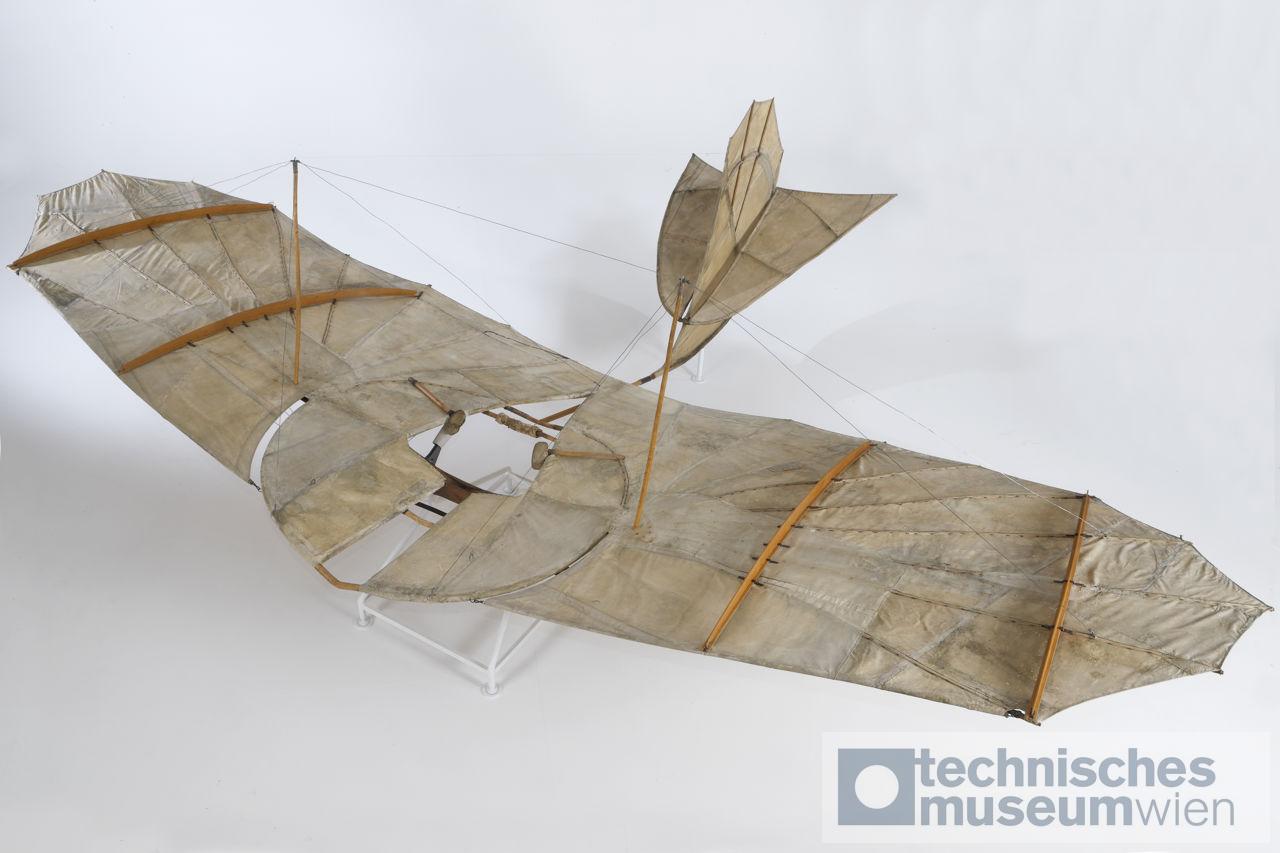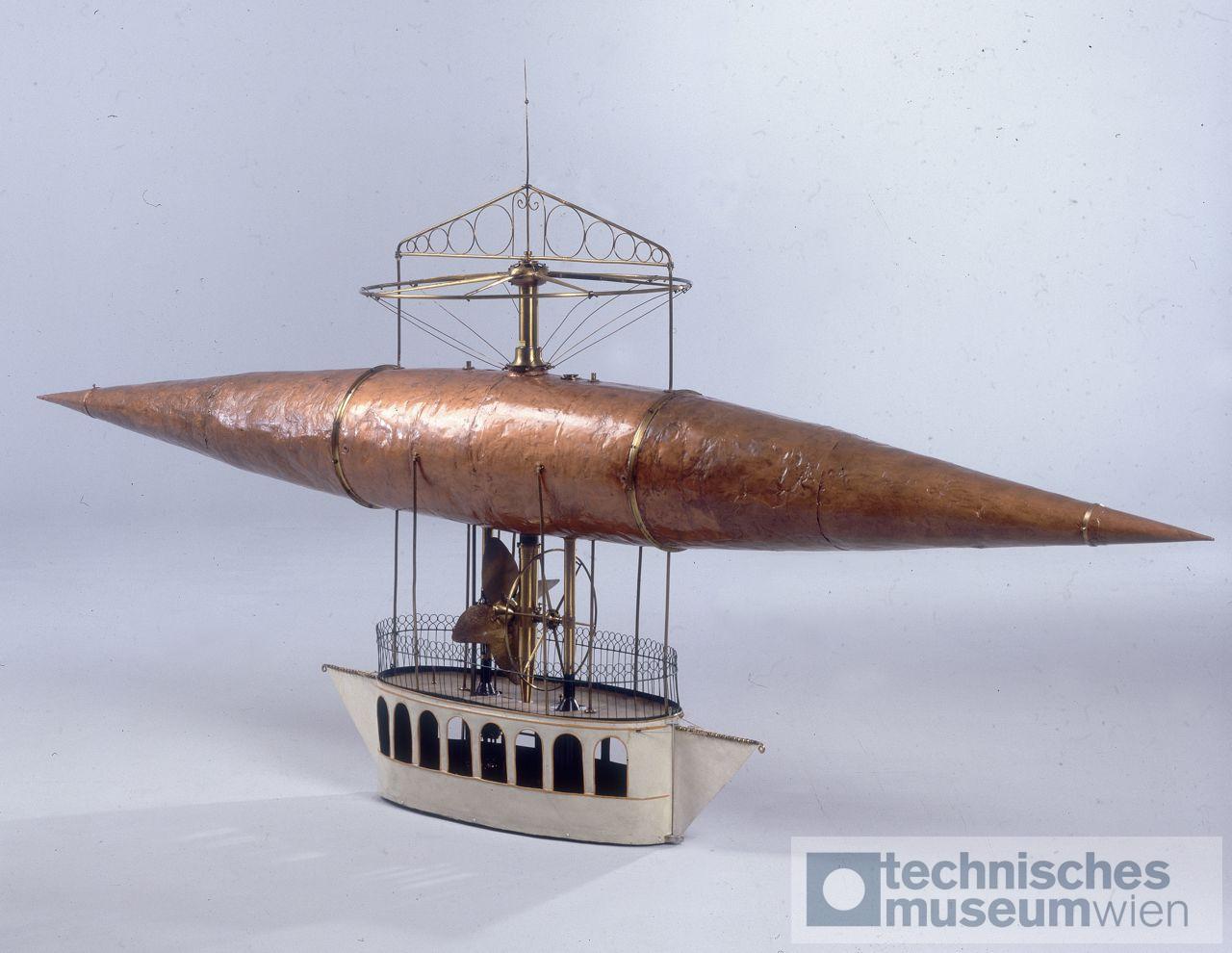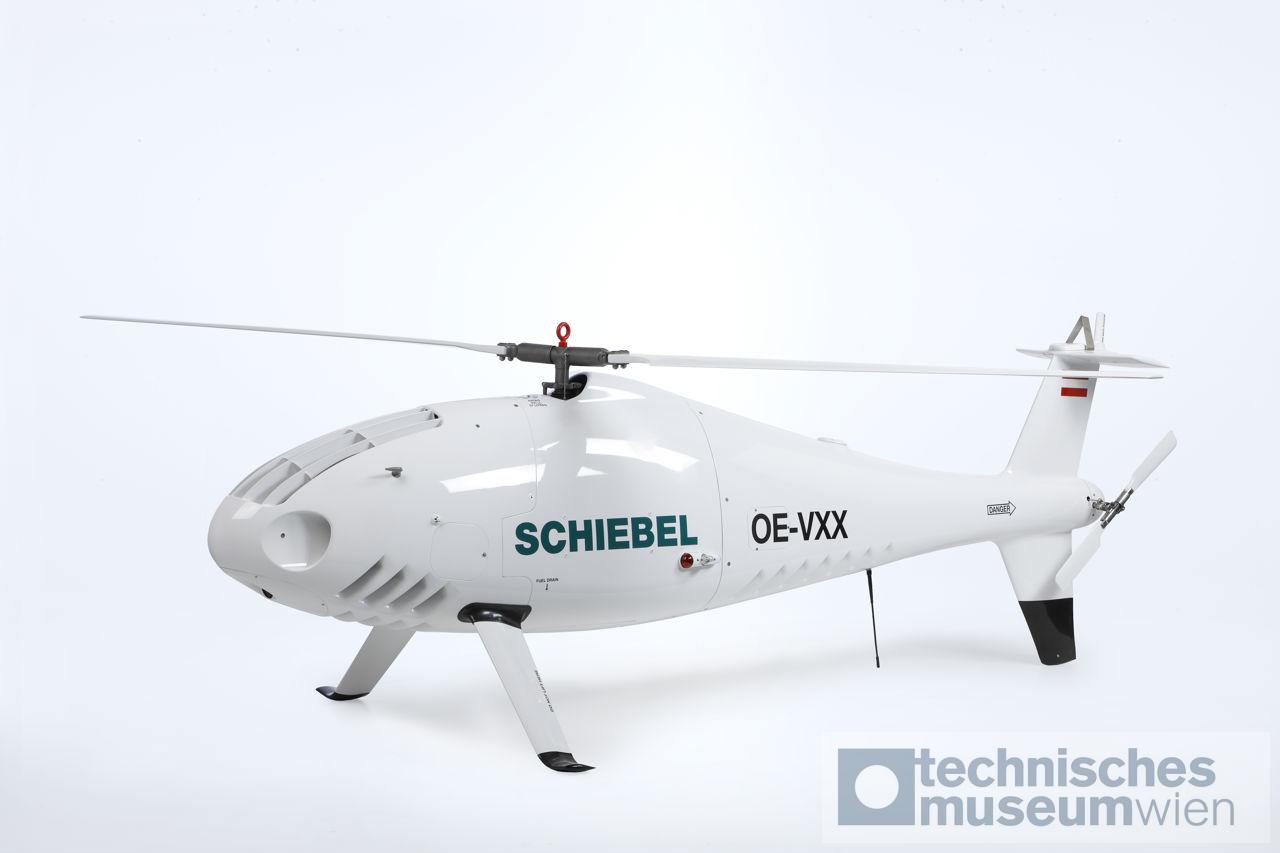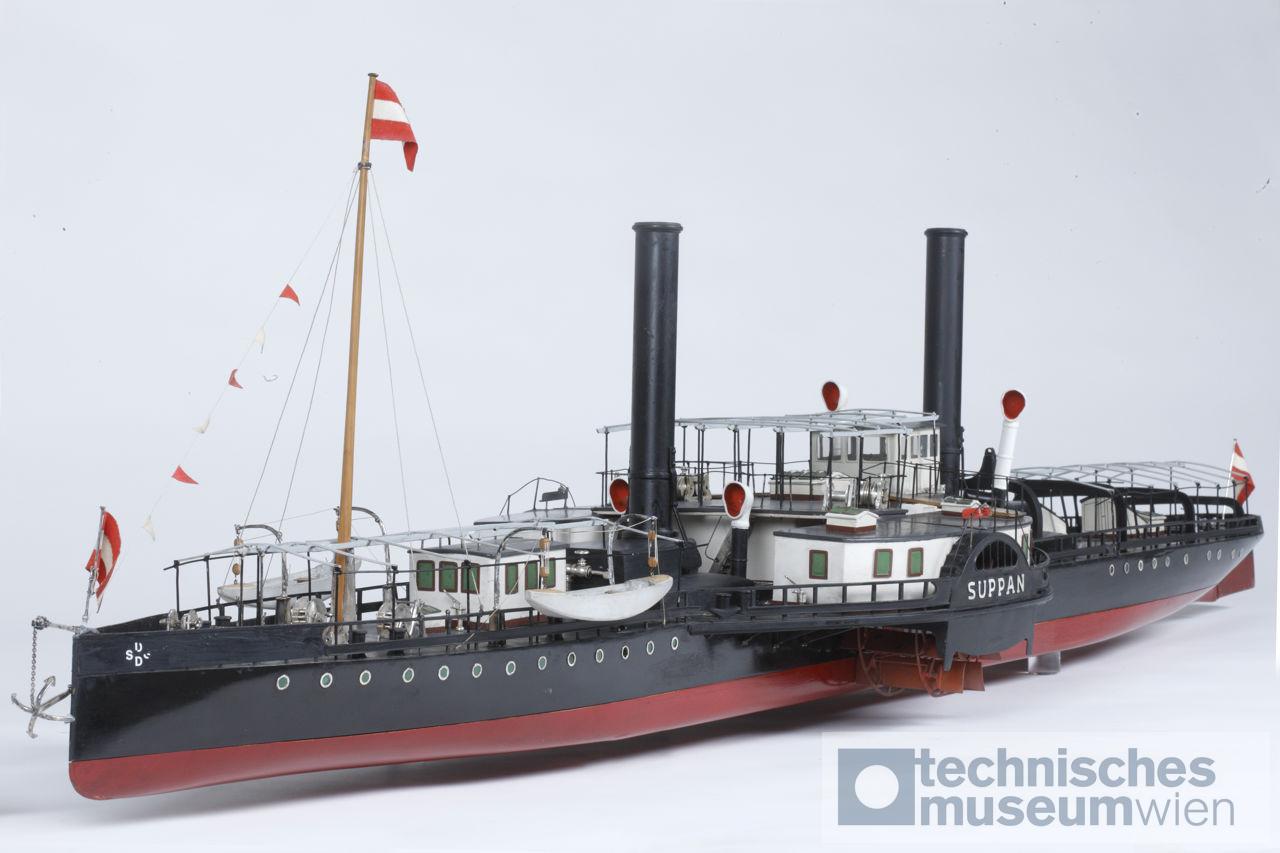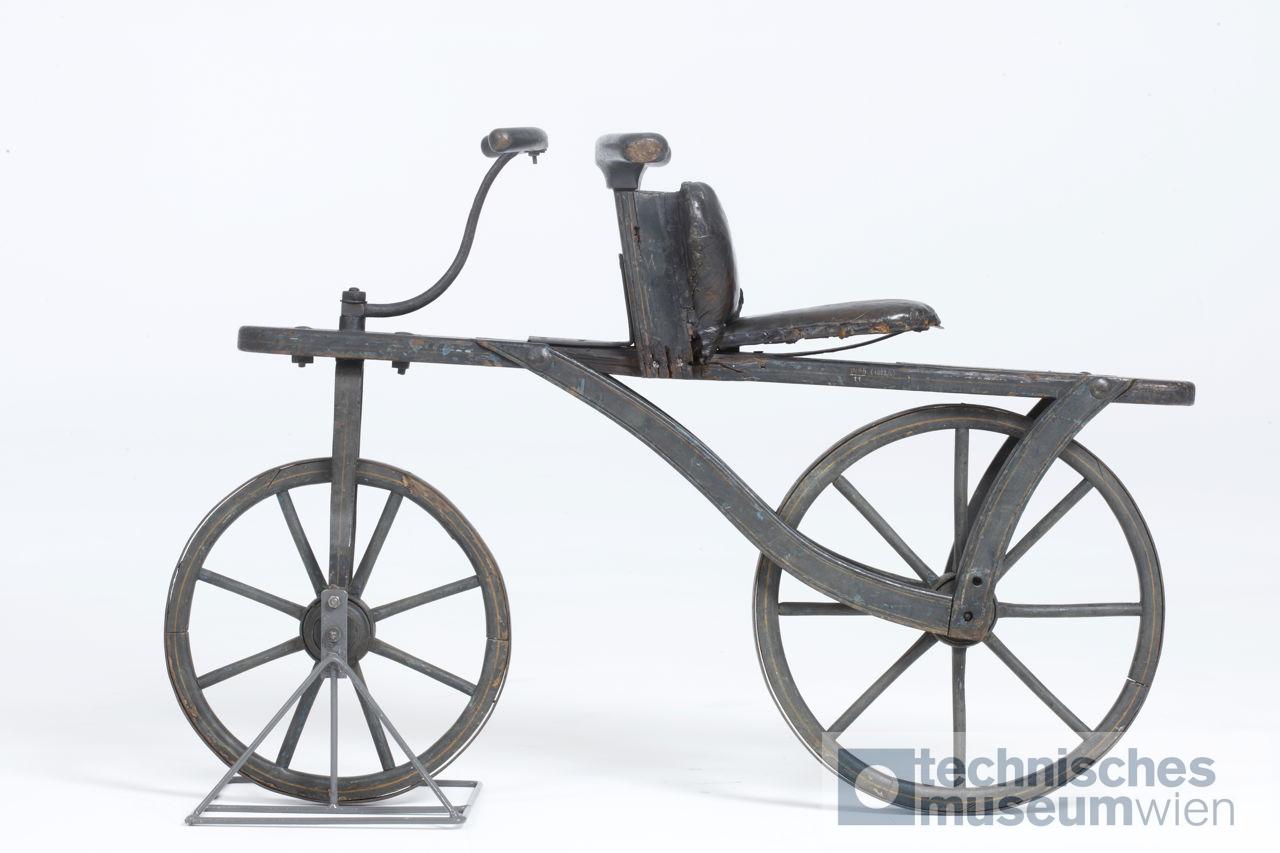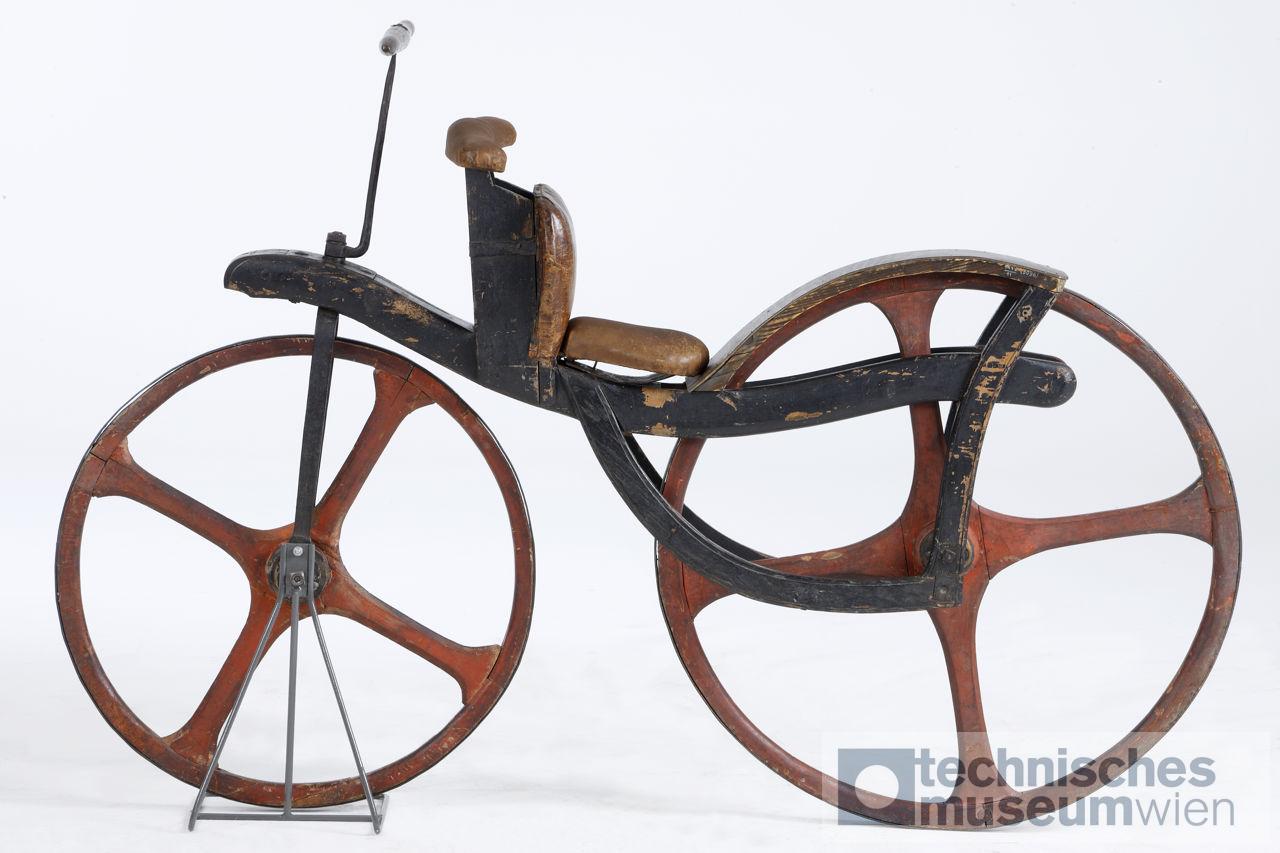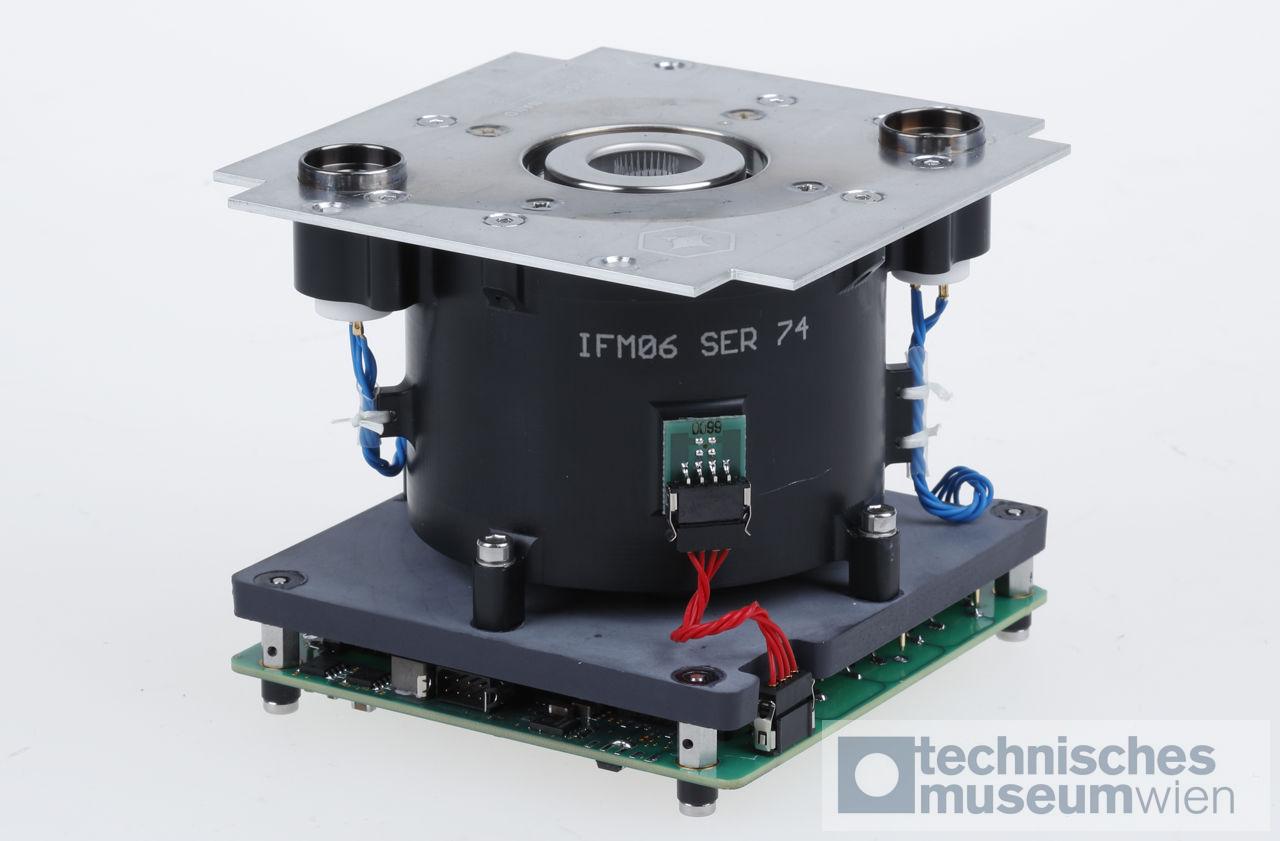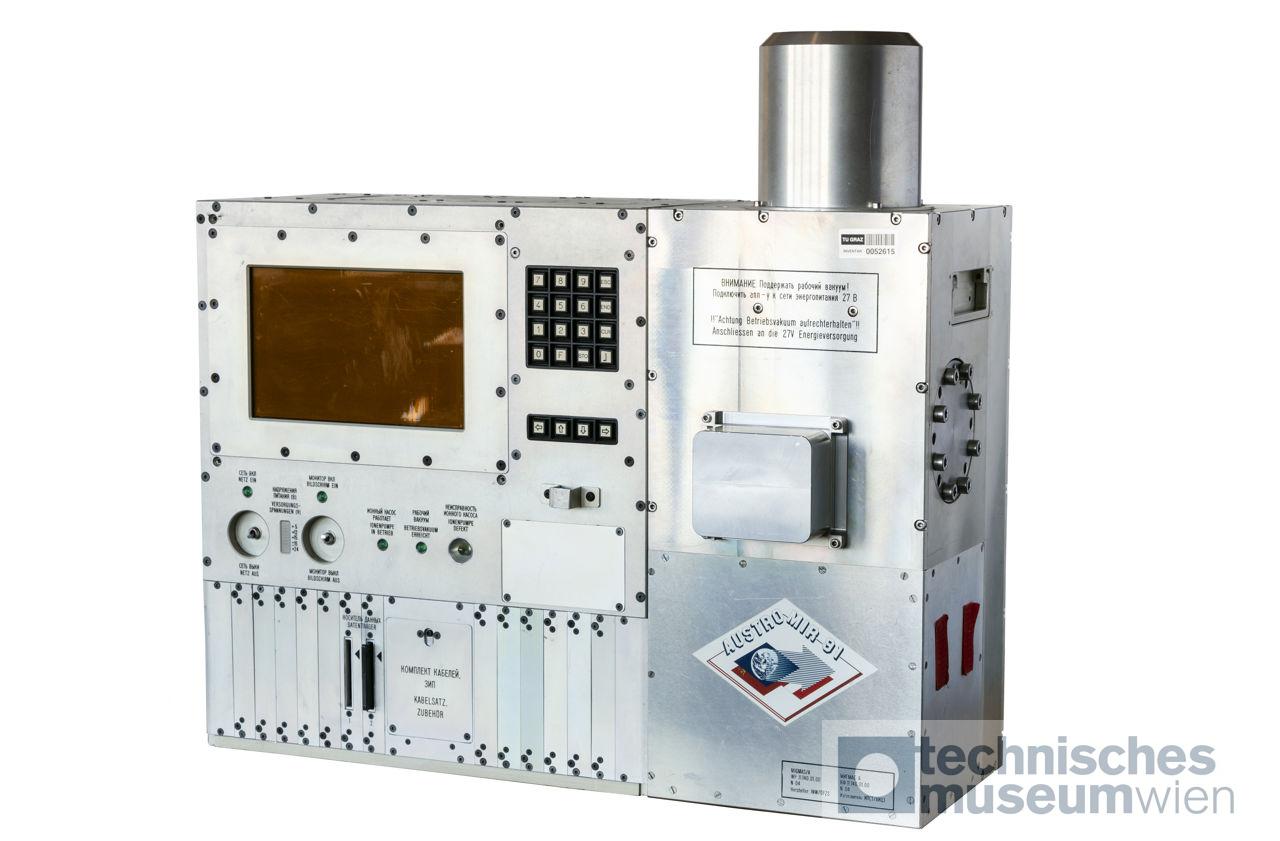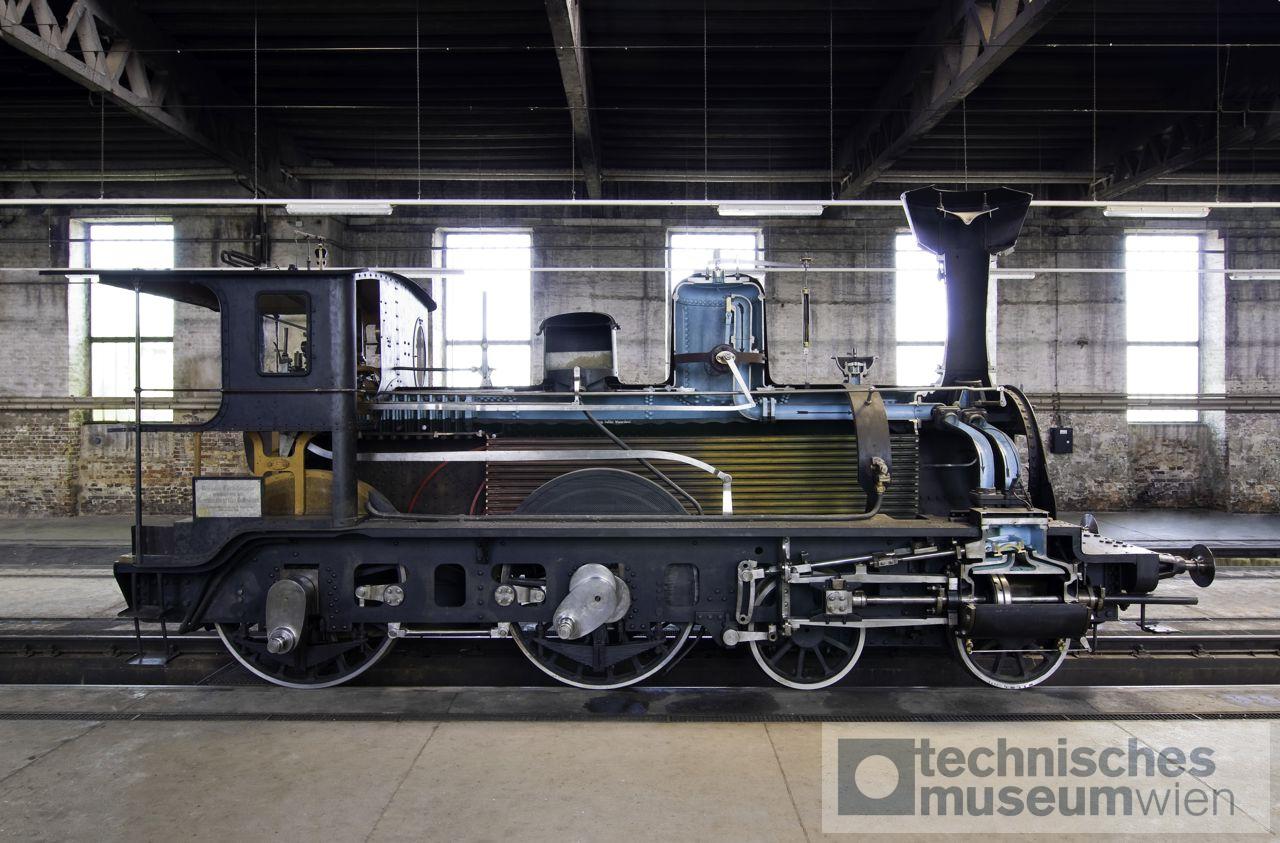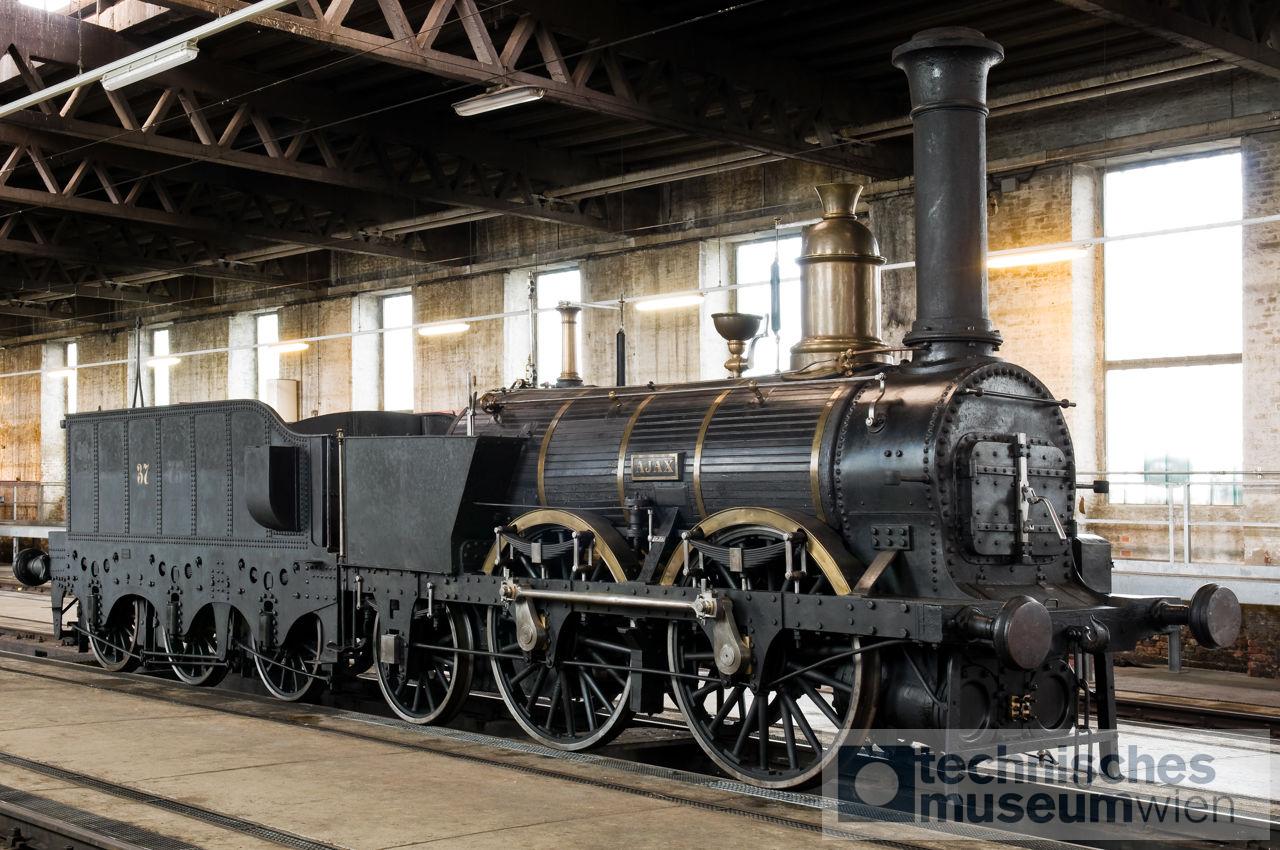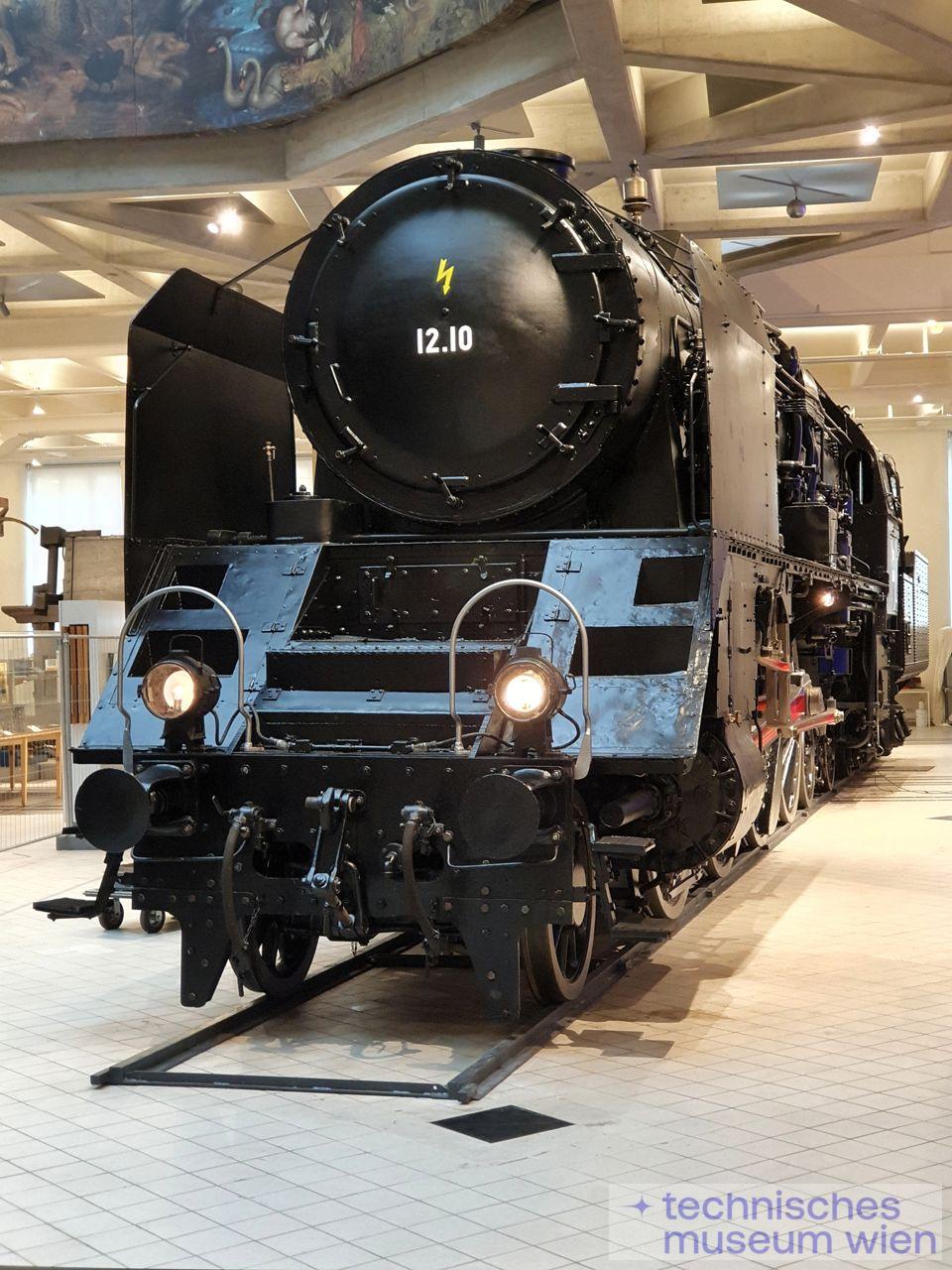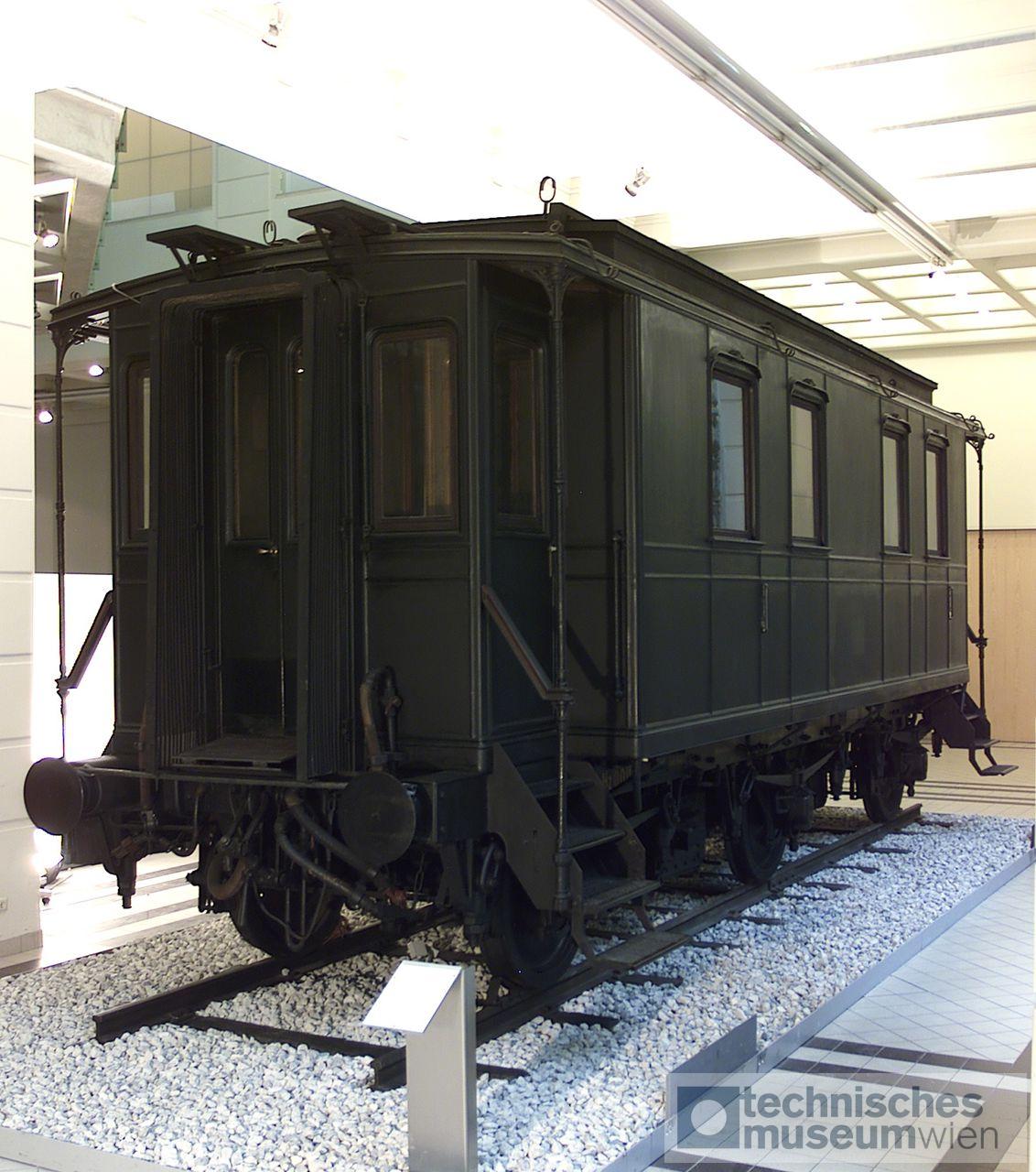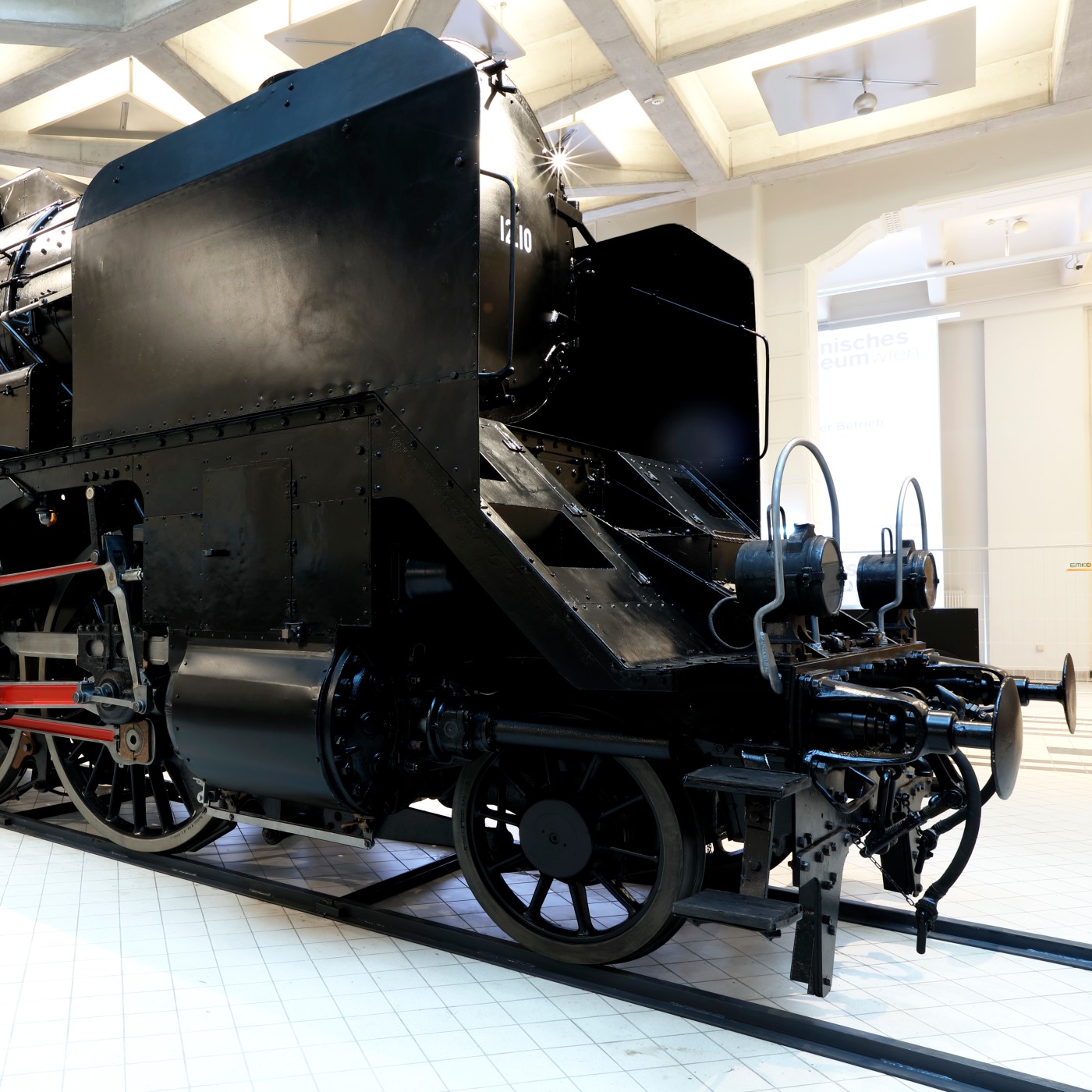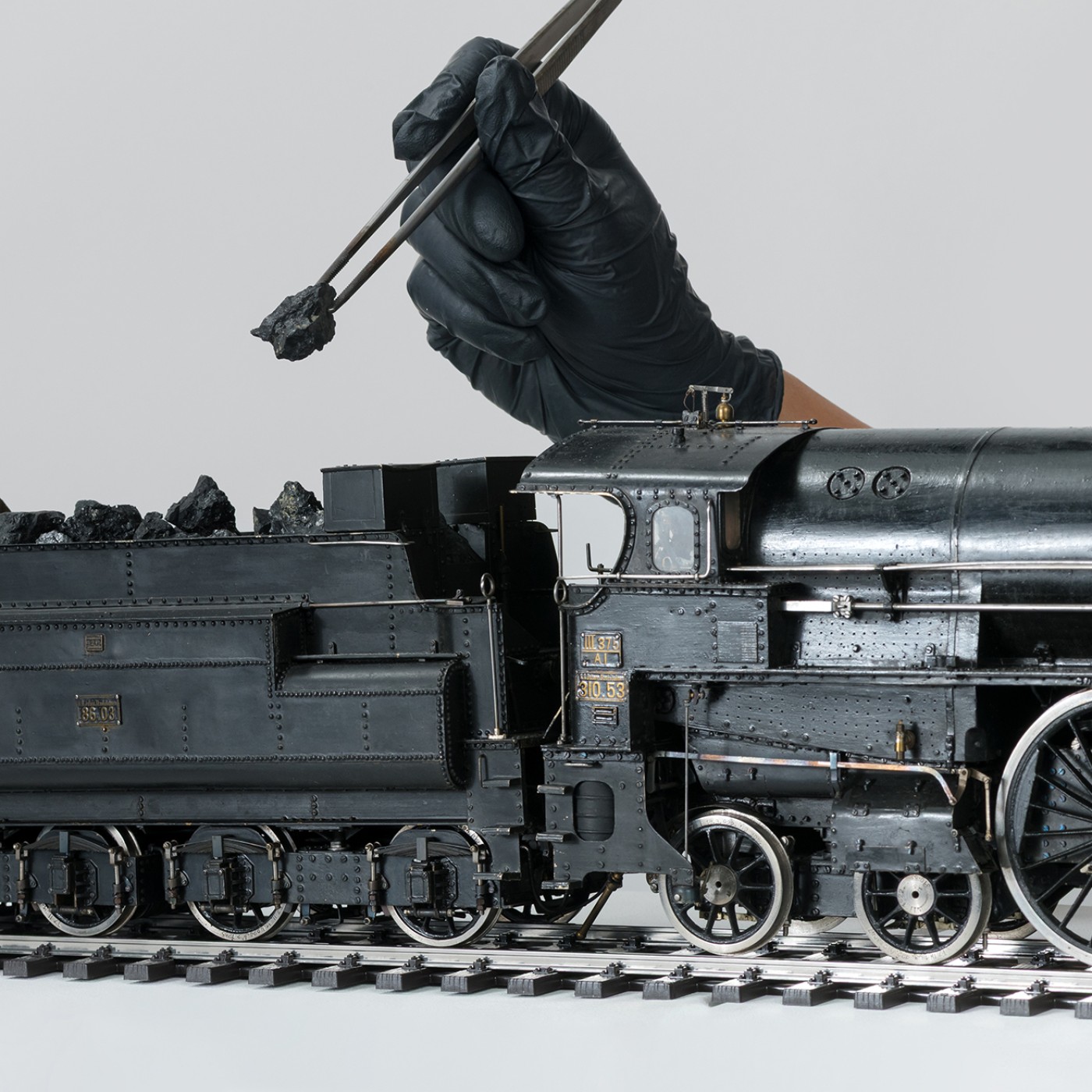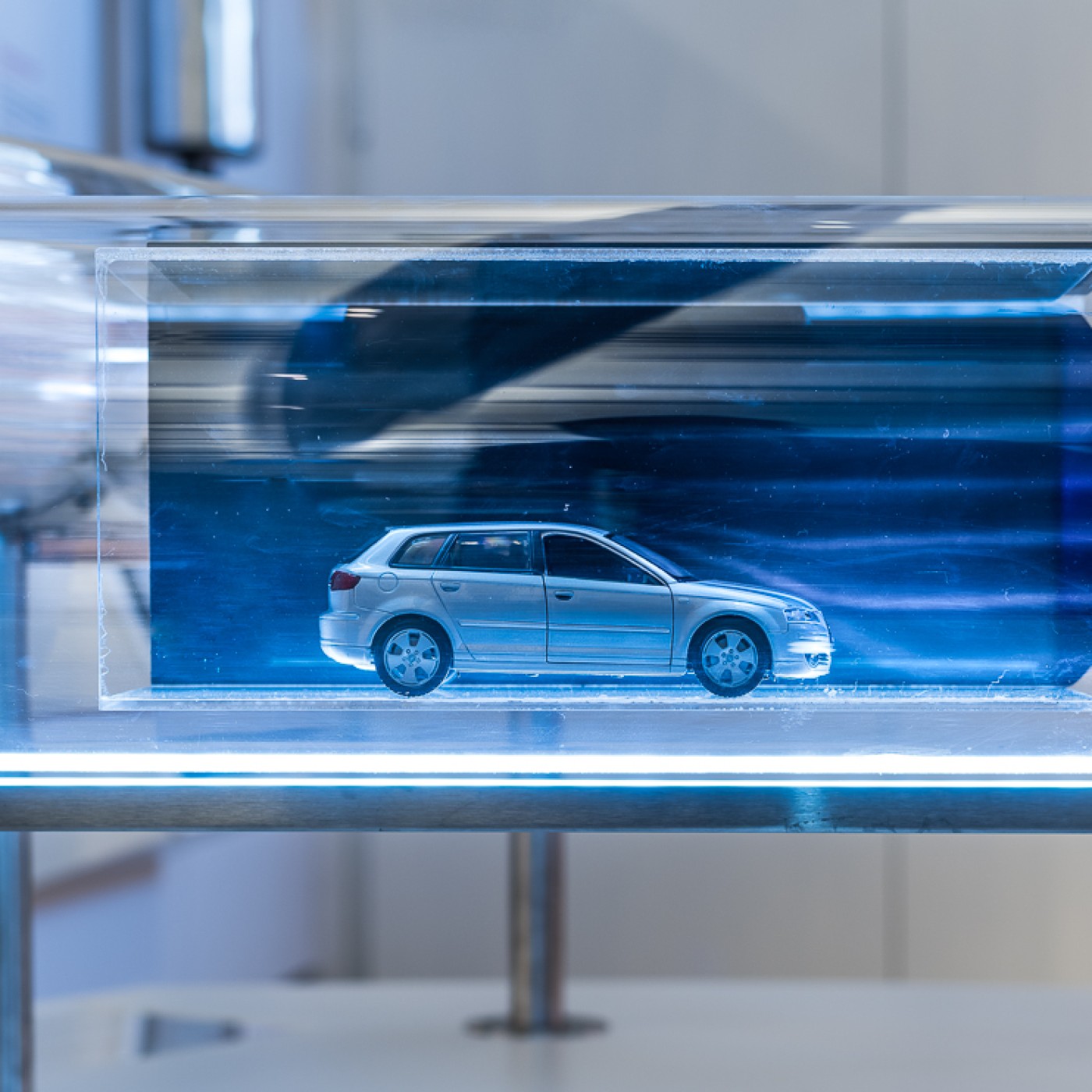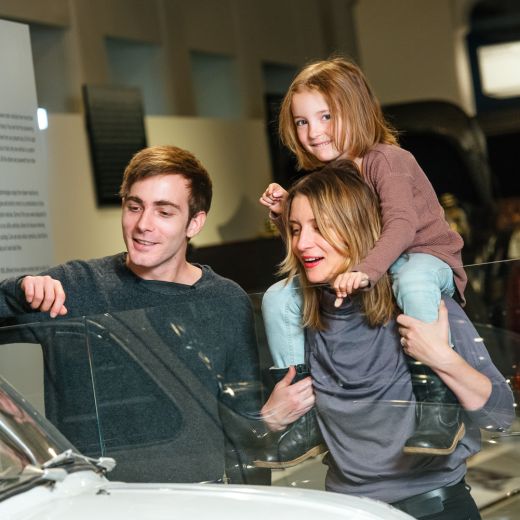Sustainability as a challenge
These days, mobility is the subject of heated debate. During the last 100 years, the combustion engine has established itself in almost all transport systems. Whether in ships, airplanes, lorries or automobiles – it is omnipresent. Can we afford this kind of mobility in the future if we want to live sustainably and stop climate change? The exhibition area shows what technical possibilities are available to save or replace fossil energy sources. What many people do not know: Electric vehicles were already present on Austria’s roads a hundred years ago.
Exhibition Highlights
The highlights of the exhibition include the Lohner-Porsche electric vehicle, which was awarded the gold medal at the Exposition Universelle of 1900 in Paris, as well as the Siegfried-Marcus car, which was considered to be the world’s first automobile for a long time. On display are also what is probably the world’s first fuel cell motorcycle and the last existing coach of a horse-drawn tram as well as the wooden predecessors of the bicycle and the original Mercedes W196 “Silver Arrow”, with which Stirling Moss won the British Grand Prix in 1955. The aviation highlights include one of the five Lilienthal gliders that have been preserved worldwide as well as recent lightweight airplanes.
Variety of objects
Mobility concerns us all and manifests itself in a great variety of objects. Whether fish-belly rails or drones, ship models or helicopters: Every object tells exciting stories about the past, present and future of mobility in its very own way.
Exhibition area on space travel
In the recent extension of the exhibition area, the Technisches Museum Wien (Vienna Museum of Science and Technology) showcases the spacesuit of Franz Viehböck, the first Austrian in space, and original experiments from the AustroMir space mission. But many Austrian companies are also involved in today’s space travel, the “New Space”. From satellite navigation receivers, insulation foils, ion thrusters and fuel tanks to special space-qualified computer chips: Austrian space technology is found in every European rocket and in many satellites.
Events Explore this exhibition
Sat 06.12.11:00–12:00
For the audience: Kids & Family
Age 4 to 7
Workshop
11 tickets available
€ 6,50
Mon 08.12.14:00–14:45
For the audience: Kids & Family
Age 7 to 12
Guided Tour
25 tickets available
€ 5,50
Sat 13.12.11:00–12:00
For the audience: Kids & Family
Age 4 to 7
Workshop
16 tickets available
€ 6,50
Sat 27.12.11:00–12:00
For the audience: Kids & Family
Age 4 to 7
Workshop
16 tickets available
€ 6,50
Sat 27.12.14:00–15:00
For the audience: Kids & Family
Age 4 to 7
Workshop
16 tickets available
€ 6,50
Sun 28.12.11:00–12:00
For the audience: Kids & Family
Age 4 to 7
Workshop
16 tickets available
€ 6,50
Sun 28.12.14:00–15:00
For the audience: Kids & Family
Age 4 to 7
Workshop
16 tickets available
€ 6,50
Mon 29.12.11:00–12:00
For the audience: Kids & Family
Age 4 to 7
Workshop
16 tickets available
€ 6,50
Mon 29.12.14:00–15:00
For the audience: Kids & Family
Age 4 to 7
Workshop
12 tickets available
€ 6,50
Tue 30.12.11:00–12:00
For the audience: Kids & Family
Age 4 to 7
Workshop
16 tickets available
€ 6,50
